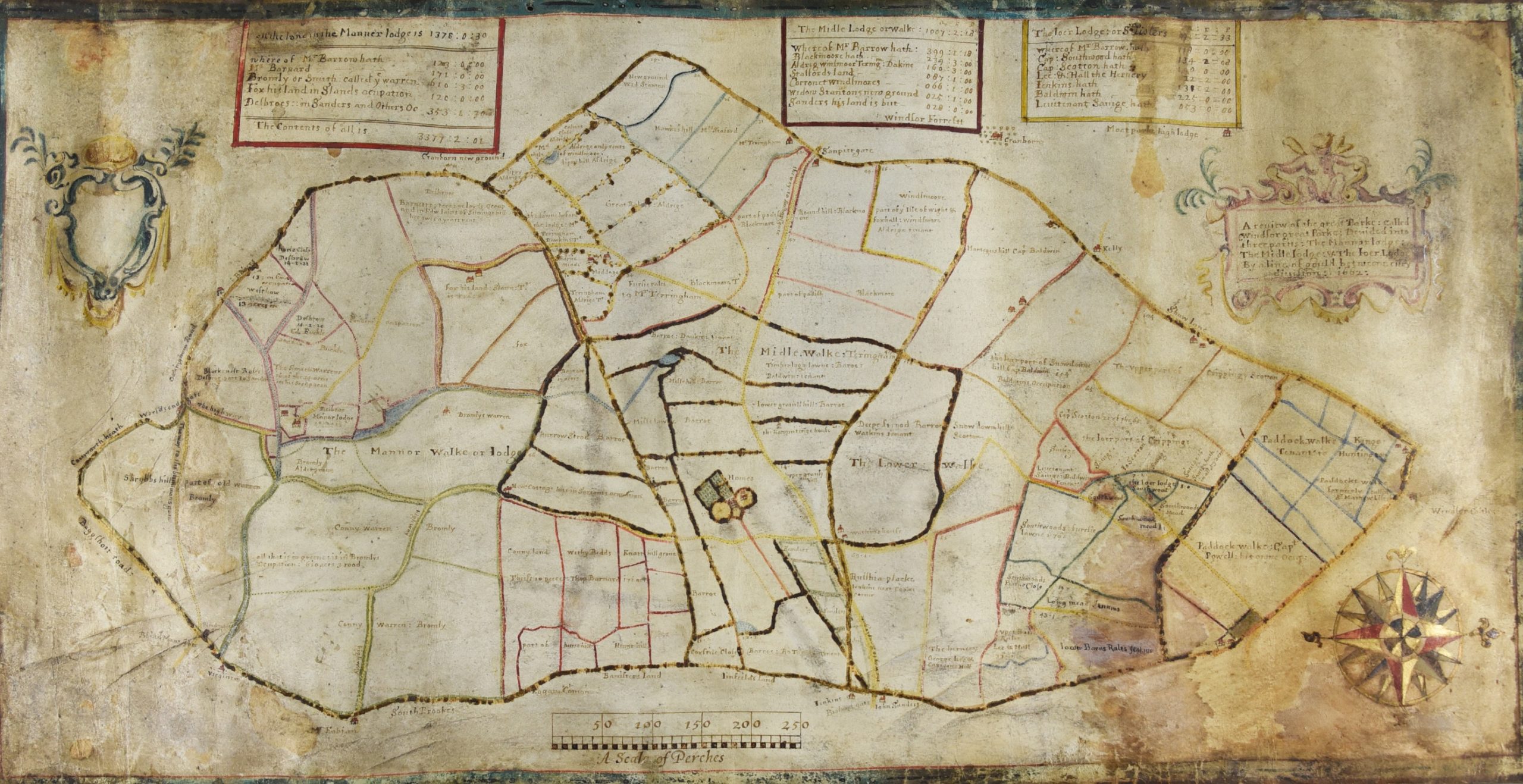
View our historic timeline
Take a journey through the ages with our historic timeline, which tells the story of Windsor Great Park and its Royal associations, from the Battle of Hastings right through to the present day.
2022
2022
His Majesty King Charles III
His Majesty King Charles III officially became The Ranger of Windsor Great Park on 14 November 2022, seventy years after his father, His Royal Highness The Prince Philip, Duke of Edinburgh was appointed to the post.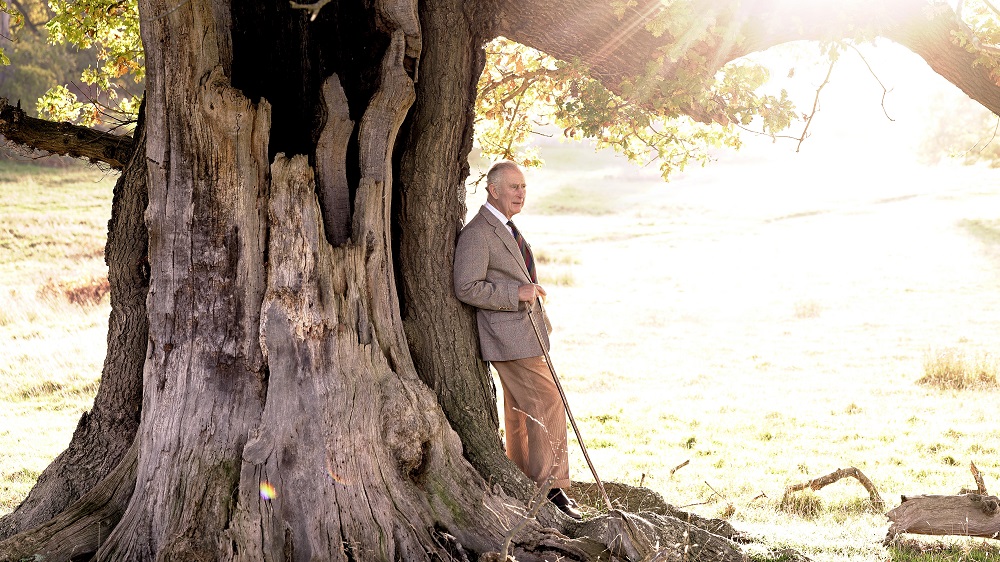
2022
Queen Elizabeth II
On 8 September 2022, Queen Elizabeth II passed away at Balmoral. On 19 September, 100,000 gathered on The Long Walk to pay their final respects as the funeral cortege brought The Queen home to Windsor on her final journey before a service of committal in St George’s Chapel .
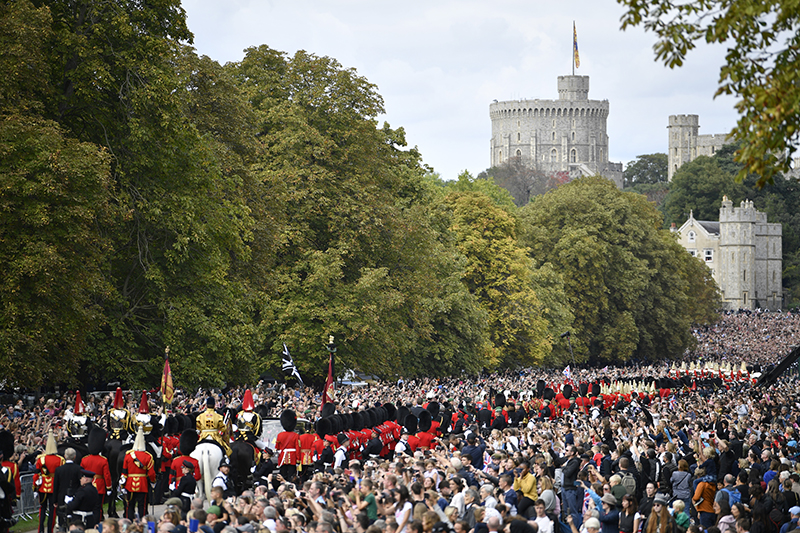
2022
Bledisloe Gold Medal
On 8 September 2022, the Bledisloe Gold Medal was awarded jointly to Queen Elizabeth II’s Windsor and Sandringham Estates.
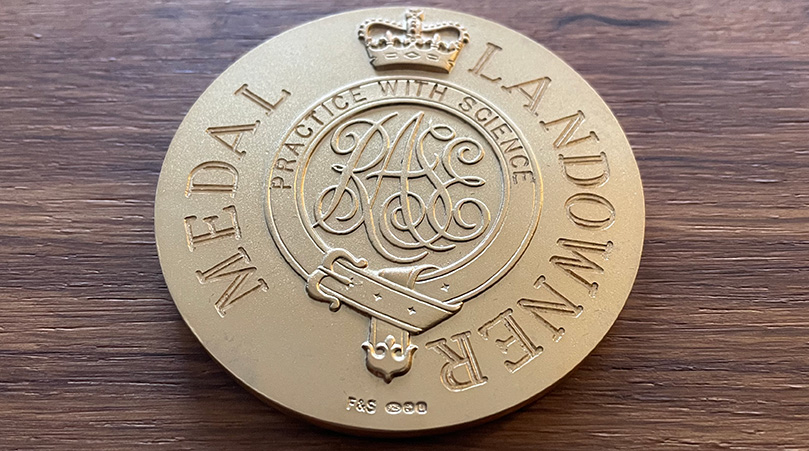
2022
Queen Elizabeth II’s Platinum Jubilee
On 6 February 2022, Queen Elizabeth II became the first British Monarch to celebrate a Platinum Jubilee, marking 70 years of service to the people of the United Kingdom, the Realms and the Commonwealth.
This culminated in a four day UK bank holiday weekend from Thursday 2 to Sunday 5 June, with over 3,500 beacons lit on Thursday 2 June to honour the occasion.
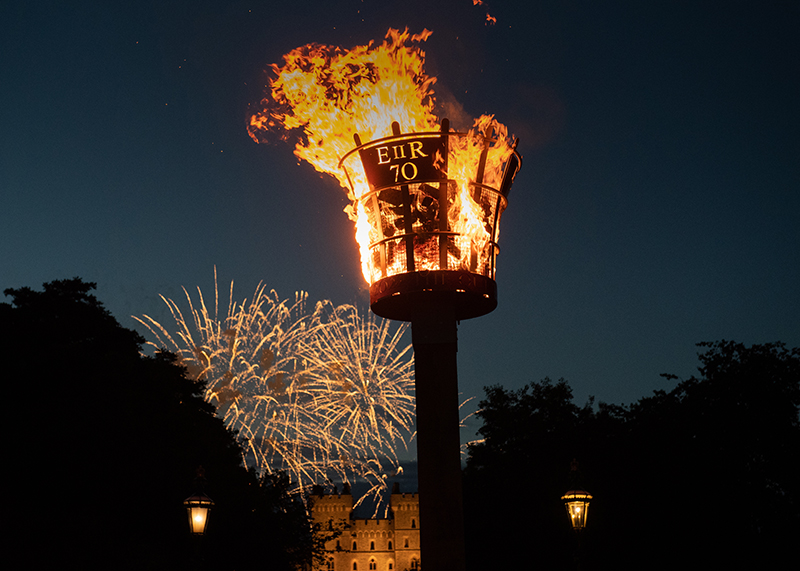
2021
2021
The Prince Philip, Duke of Edinburgh
The death of The Prince Philip, Duke of Edinburgh on April 9th 2021, at Windsor Castle, brought to an end his role as a Ranger of Windsor, Great Park. ‘The Duke’, as he was affectionately known across the Estate, was laid to rest in Saint George’s Chapel on April 17, 2021.
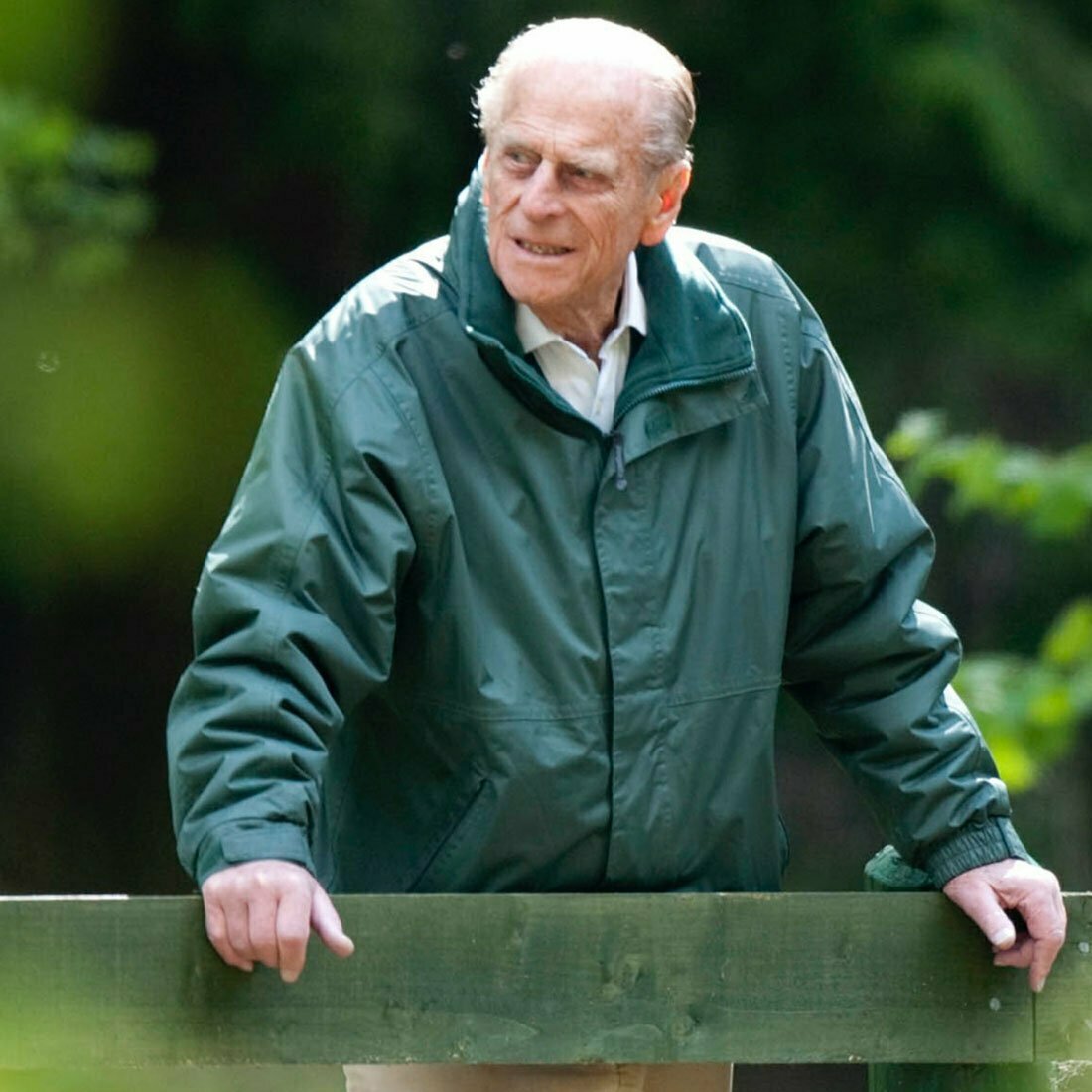
2016
2016
Queen Elizabeth II’s 90th birthday beacon ceremony
Queen Elizabeth II lit the first of a National chain of beacons on the Long Walk as part of her 90th birthday celebrations. A towering beacon was also lit by Crown Estate staff at the Copper Horse.
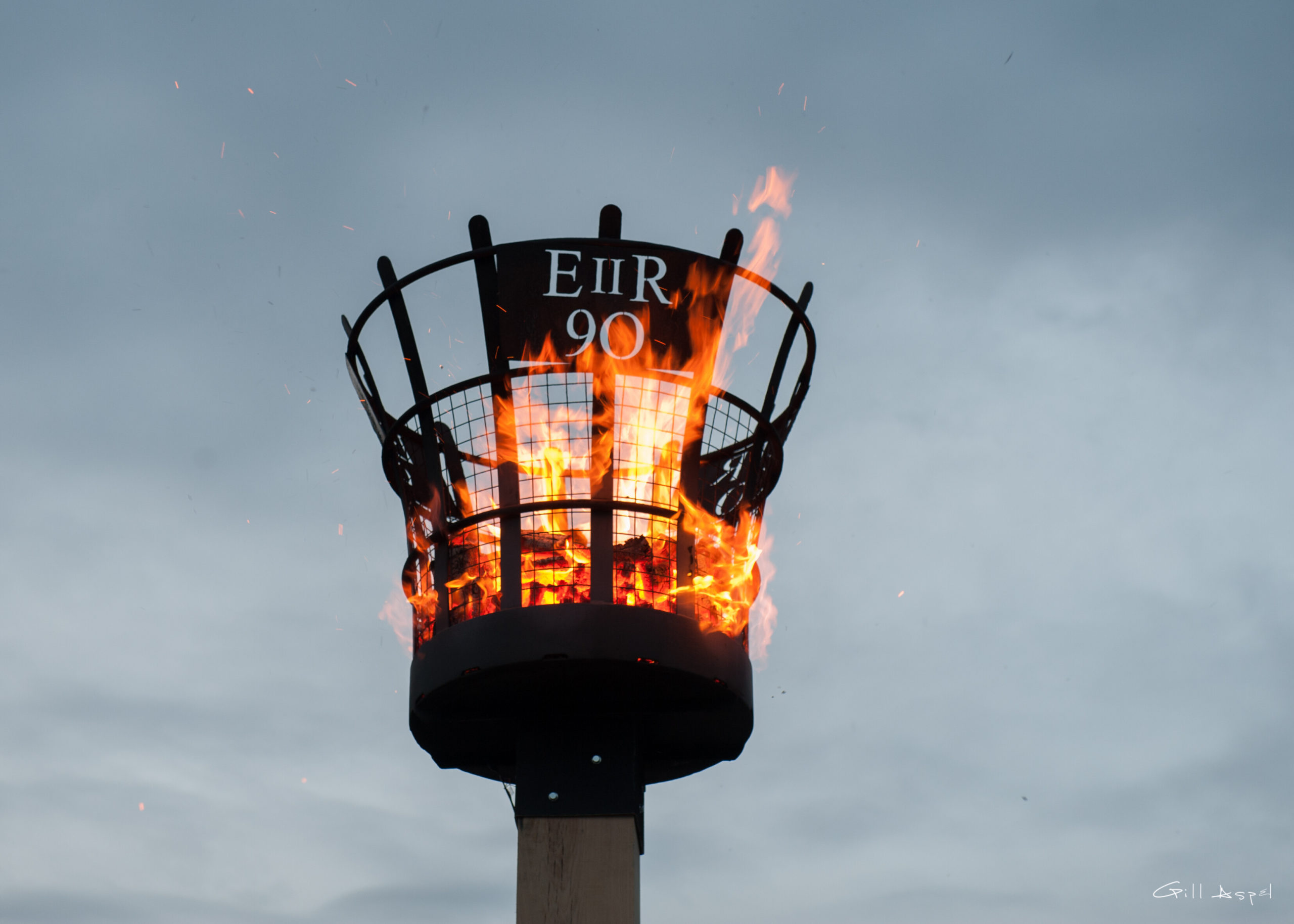
2016
2016, The Prince Philip, Duke of Edinburgh unveils aircraft memorial on Smith’s Lawn
The Duke of Edinburgh, who was the last person to officially fly from the airfield, unveils a memorial marker on Smith’s Lawn Airfield for the Airfield of Britain Conservation Trust (ABCT).
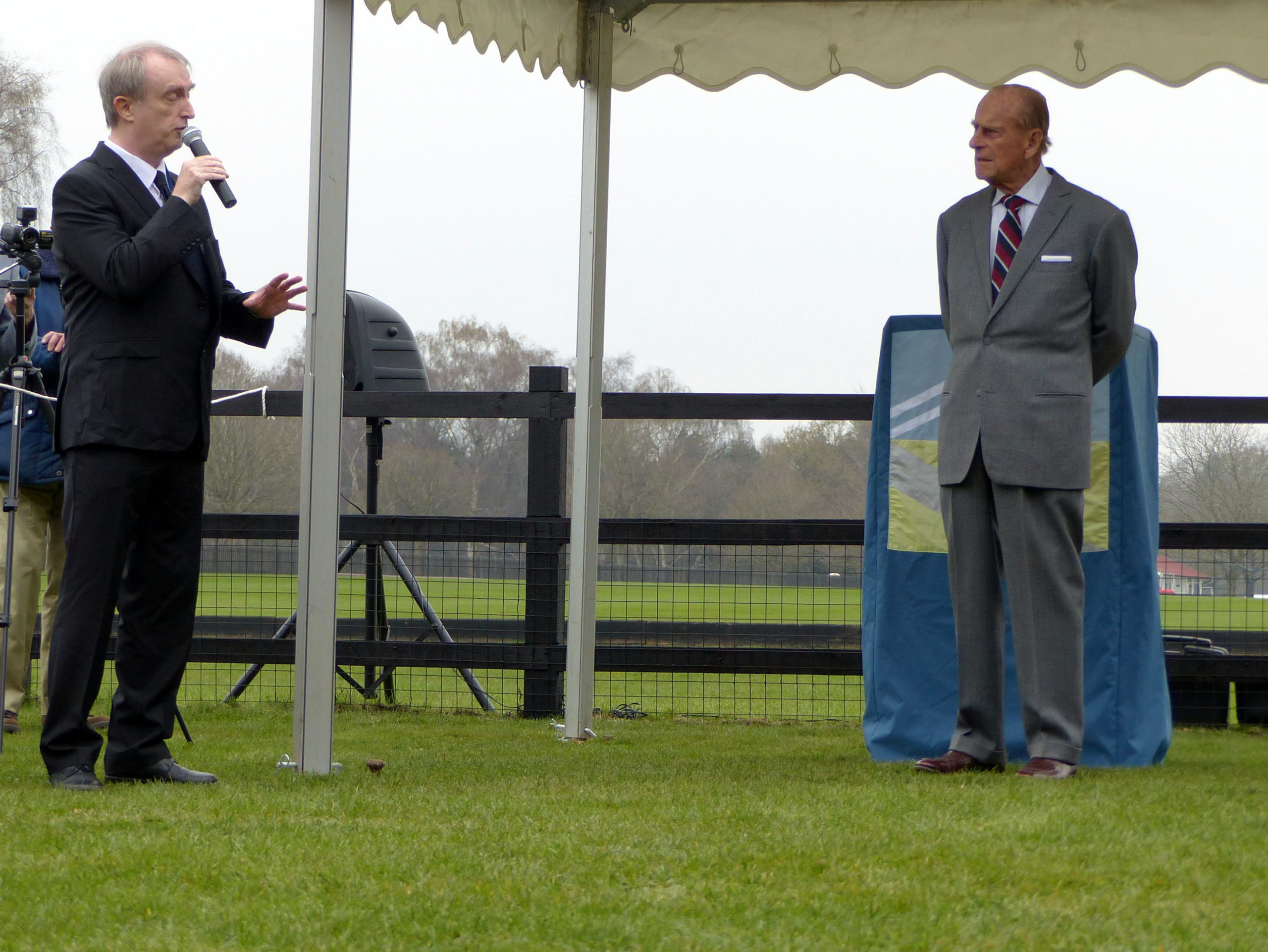
2015
2015
2015, VE Day anniversary beacons
On the 70th anniversary of VE Day, Queen Elizabeth II lights the first of two hundred beacons being lit across the UK to mark the occasion. The ceremony took place on the Long Walk. The ‘Queen Elizabeth’ rose is planted in The Savill Garden to mark the important historical milestone on 9 September of Her Majesty becoming the longest reigning monarch in British history.
2012
2012
2012, the Olympic Torch
Windsor Great Park is proud to host 10,000 people coming together to see the Olympic Torch carried along The Long Walk on its journey to the Olympic Park.
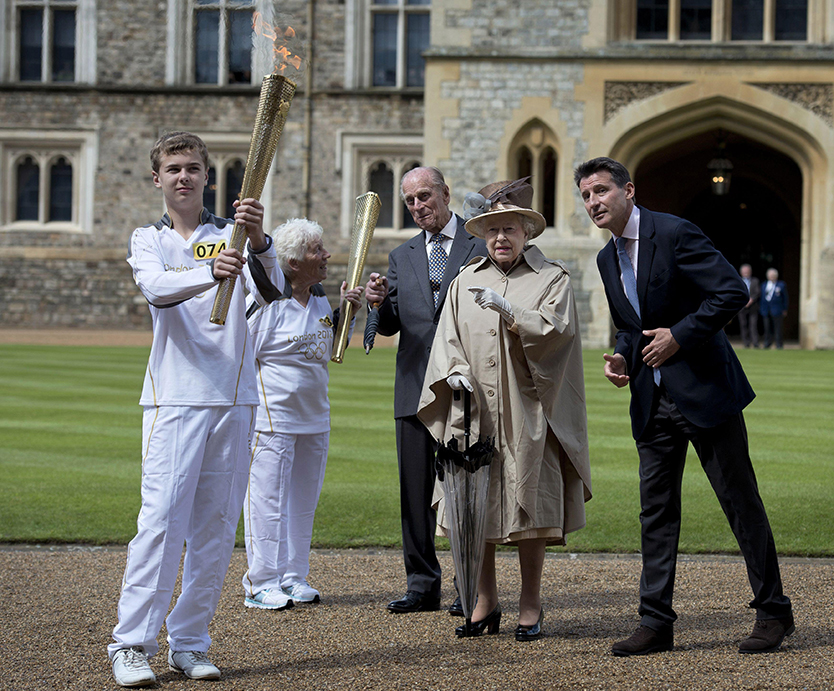
2012
2012, Cow Pond restoration
The extensive restoration of Cow Pond is completed. Visitors to Cow Pond can now enjoy a walk around this tranquil pond in a similar fashion to the Georgian aristocrats of years gone by.
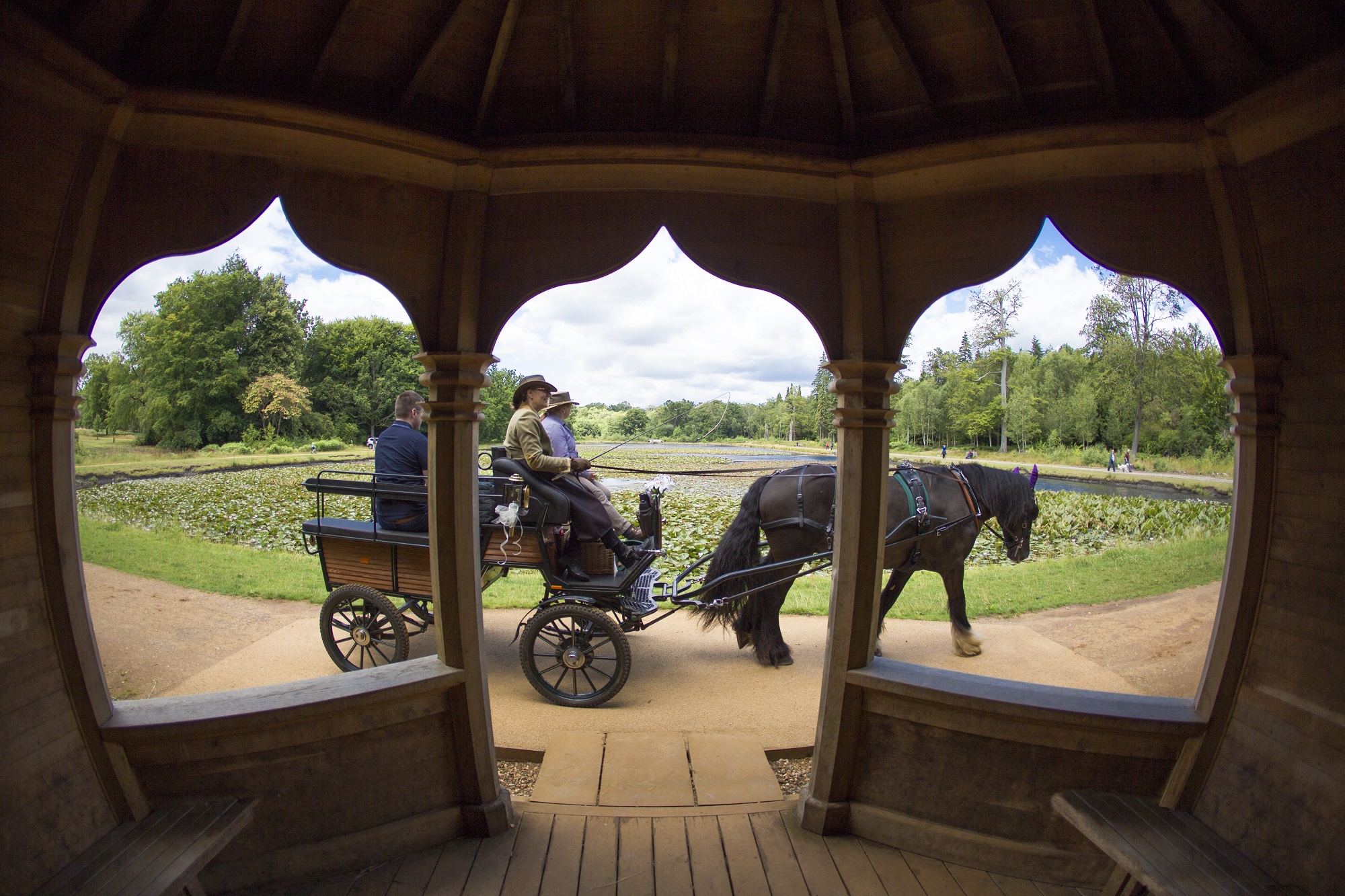
2012
2012, Jubilee military muster and flypast
The Long Walk hosts 25,000 people for a military muster and flypast to commemorate Queen Elizabeth II’s Diamond Jubilee.
The ‘Diamond Jubilee’ rose is planted in The Savill Garden to honour the occasion.
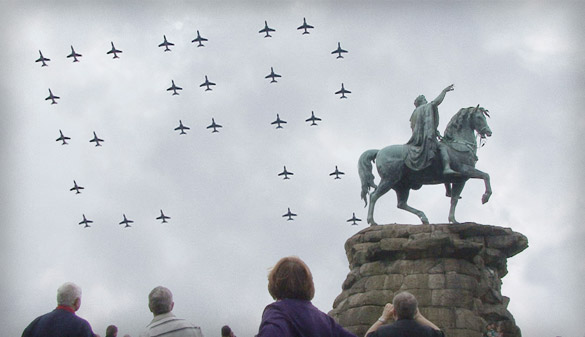
2010
2010
2010, The Rose Garden Royal opening
The Rose Garden in The Savill Garden is opened by Queen Elizabeth II. Designed by Andrew Wilson, visitors can wander around its swirls of rose beds and enjoy the blend of perfumes from a walkway that rises up into the centre of the Rose Garden.
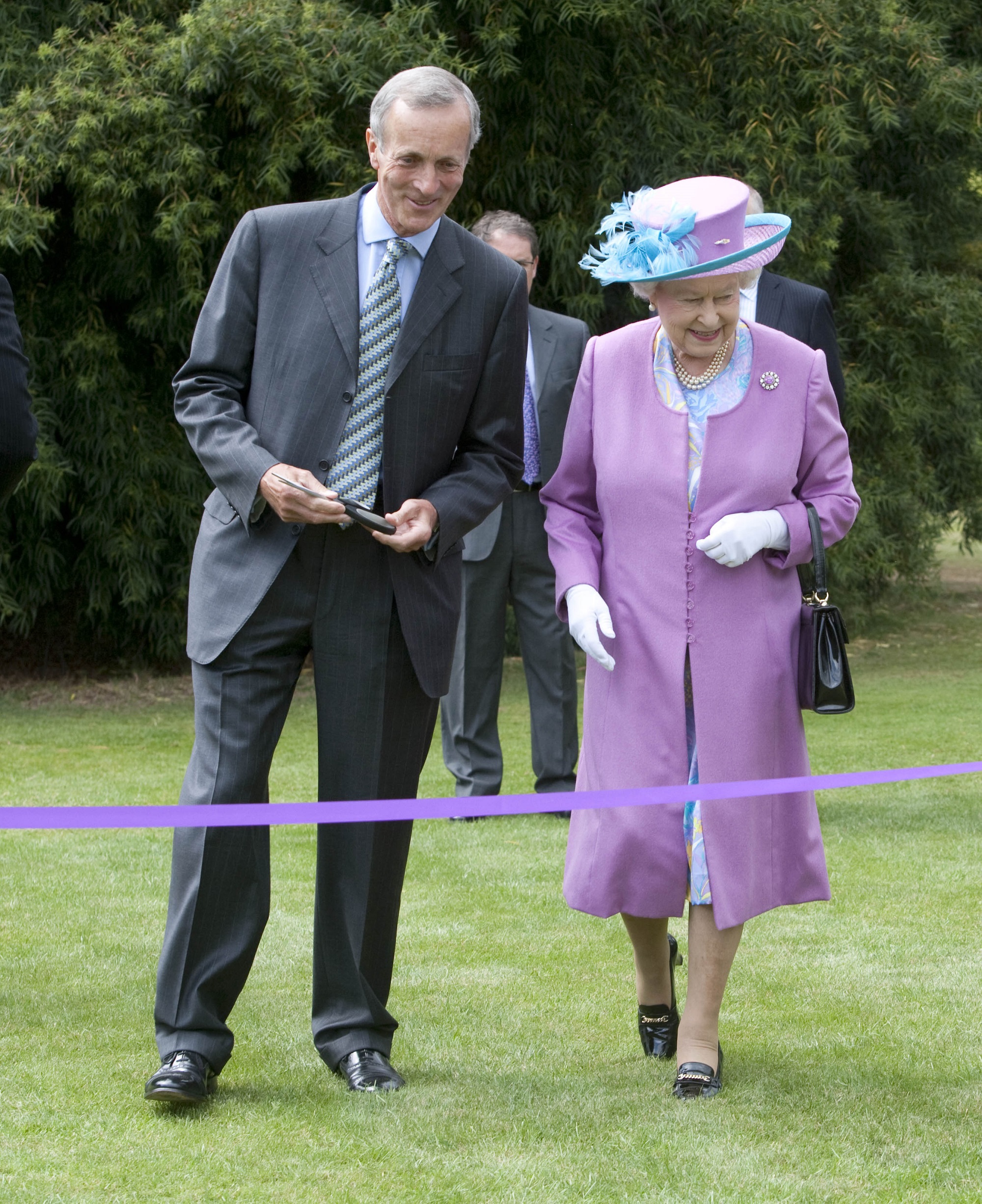
2007
2007
2007, New Zealand Garden opens
The New Zealand Garden opens in The Savill Garden to the sounds of the Haka in the presence of HRH The Duke of York.
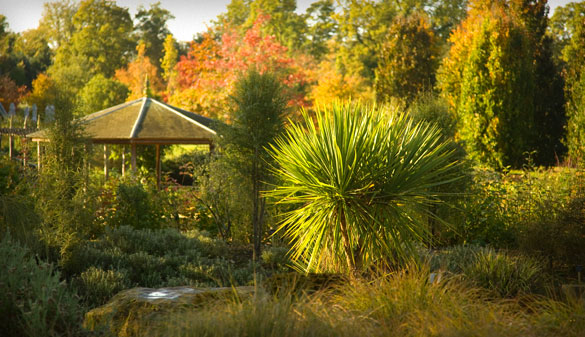
2006
2006
2006, The Savill Building opened
The Savill Building is opened by The Prince Philip, Duke of Edinburgh on 26 June 2006. A contemporary piece of architecture constructed from sustainable oak from the Windsor Estate, the building was the first major purpose built Visitor Centre for Windsor Great Park.
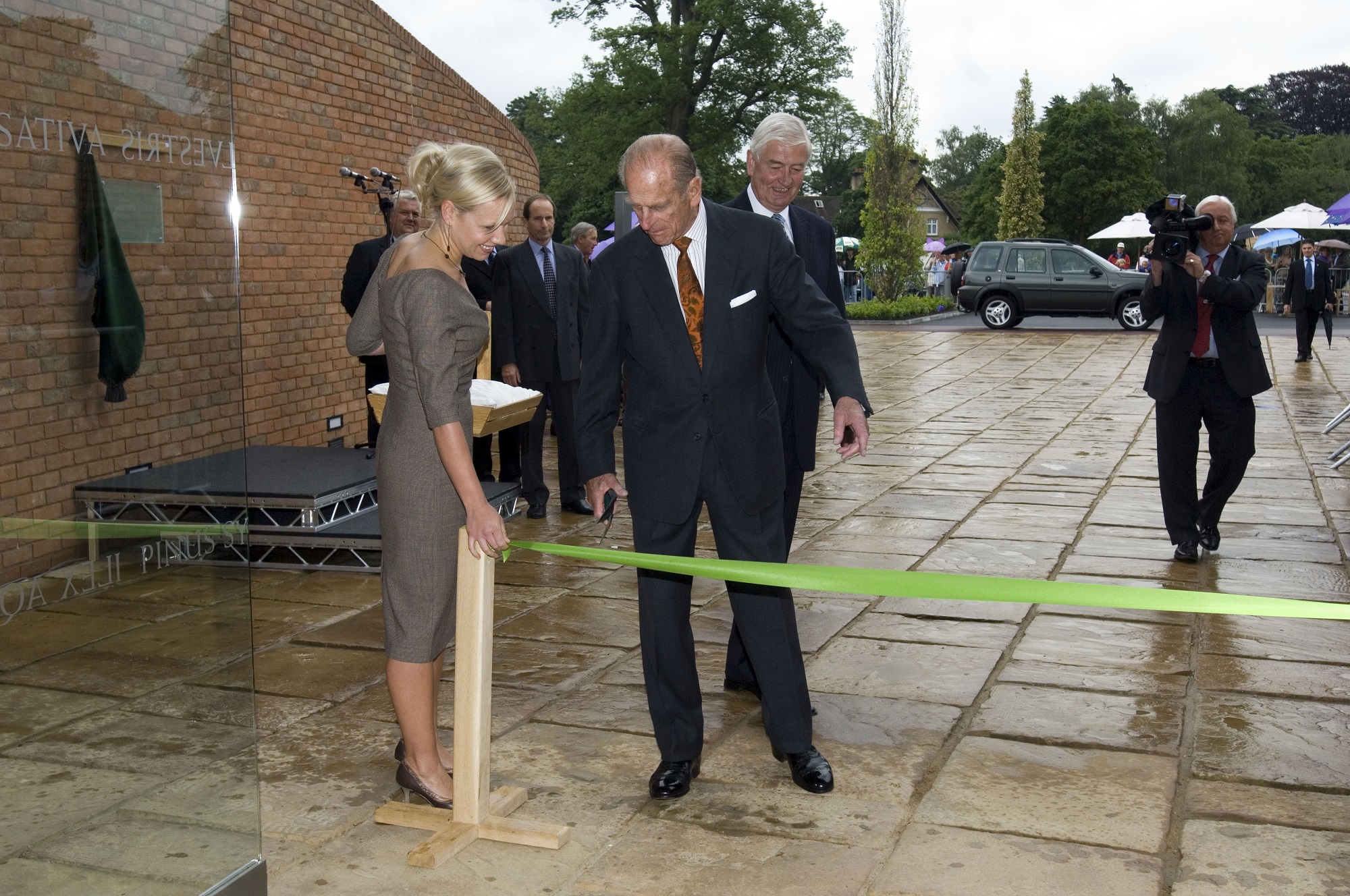
2002
2002
2002, Jubilee Statue unveiled
The Jubilee Statue of Queen Elizabeth II on horseback is unveiled at the southern end of Queen Anne’s Ride, and is, to date, the only statue commissioned of Queen Elizabeth II on horseback.
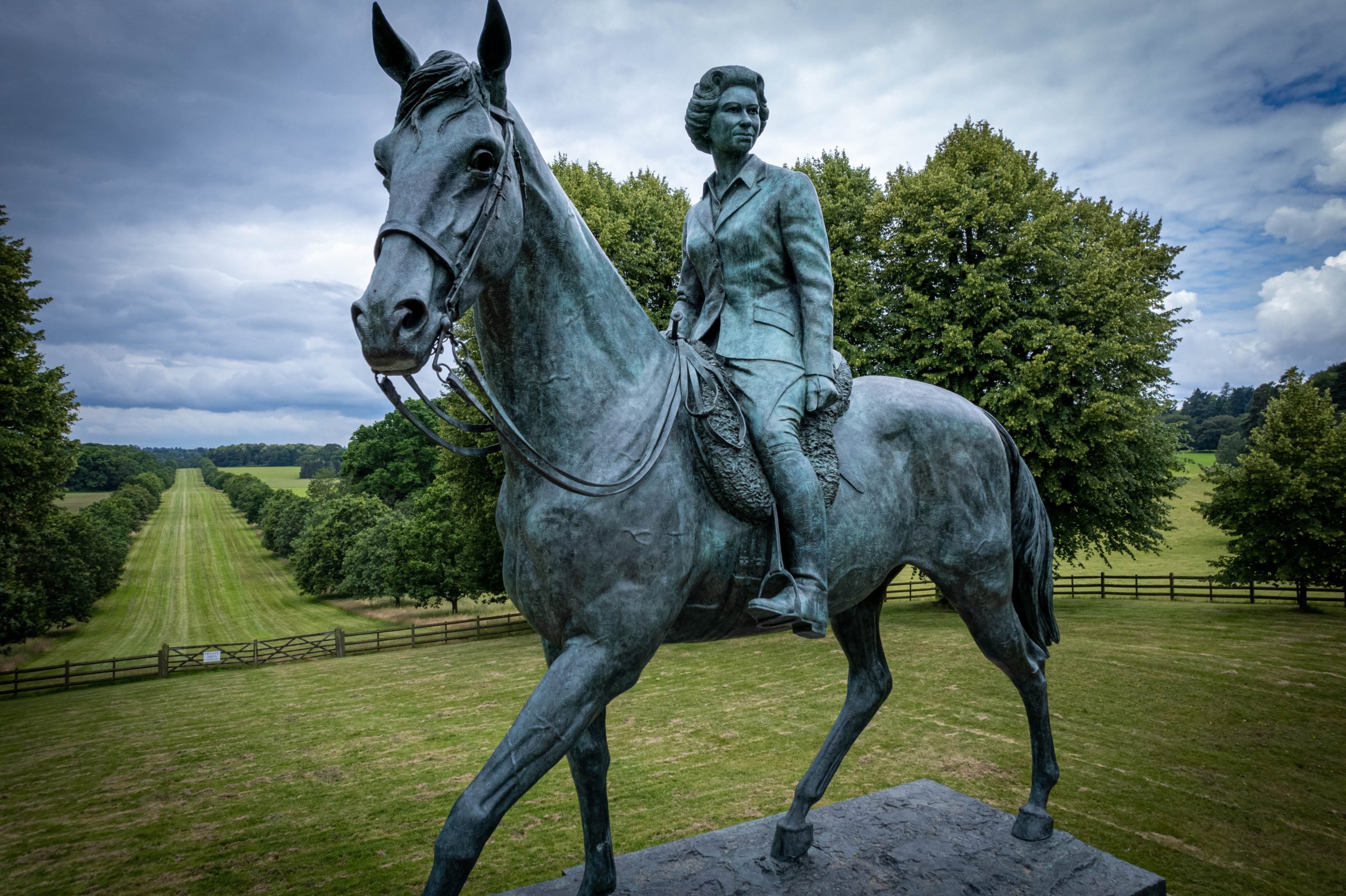
1979
1979
1979, Red deer herd
The herd of red deer in the Deer Park is re-established by the Ranger of Windsor Great Park, The Prince Philip, Duke of Edinburgh. The herd is currently maintained at a head-count of 650-700 animals.
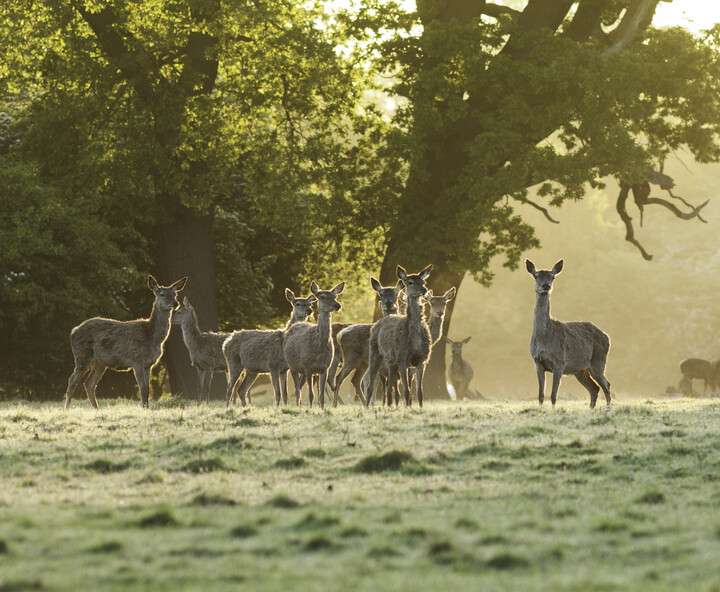
1961
1961
1961, The Crown Estate established
The Crown Estate is established as it is today. An independent commercial business, created by an act of parliament, making sure that the land and property we invest in and manage are sustainably worked, developed and enjoyed to deliver the best value over the long term.
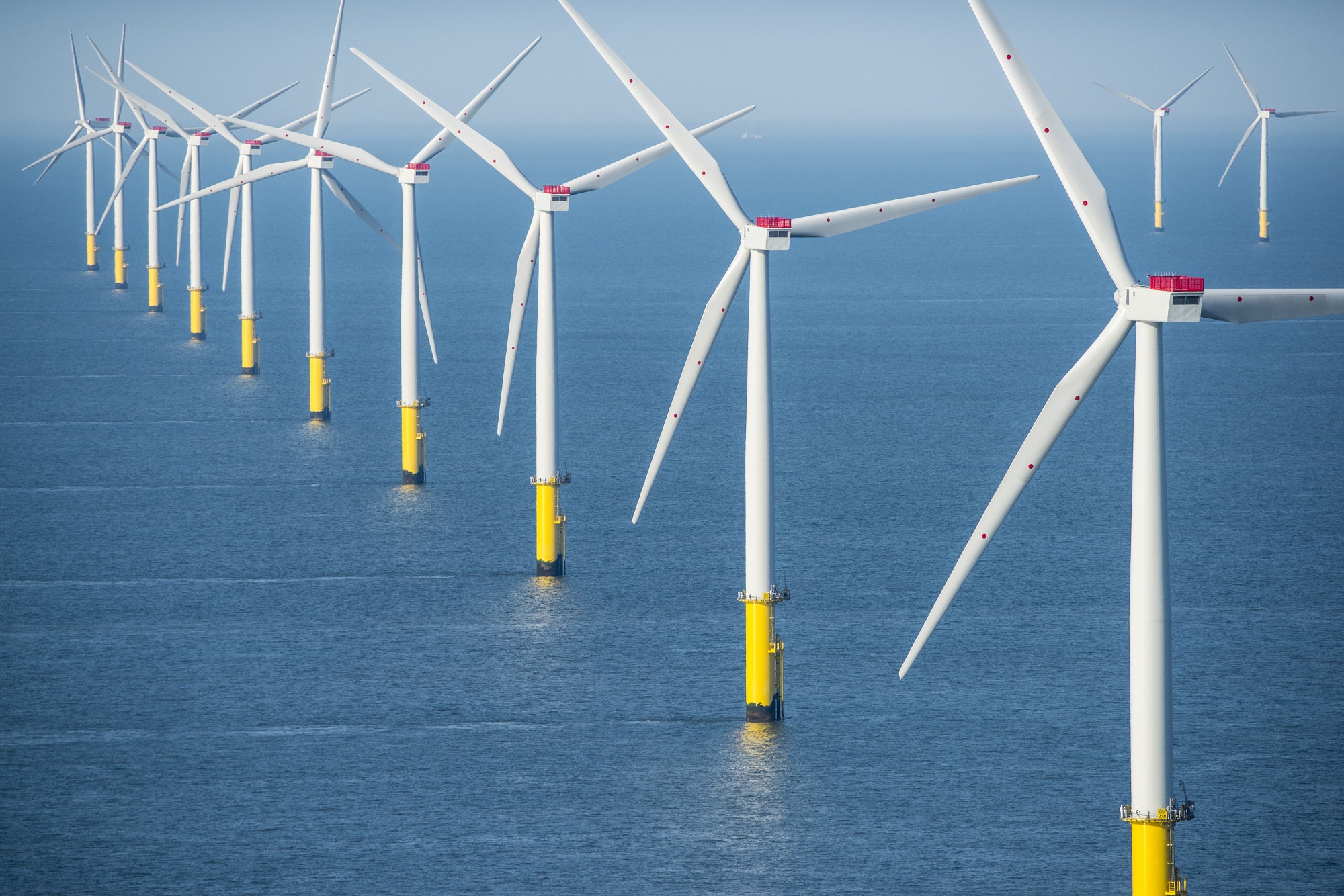
1958
1958
1958, The Totem Pole
The Totem Pole is gifted to Queen Elizabeth II by the government of British Columbia. It stands 100 feet high on the bank of Wick Pond. You can see a short clip of it here.
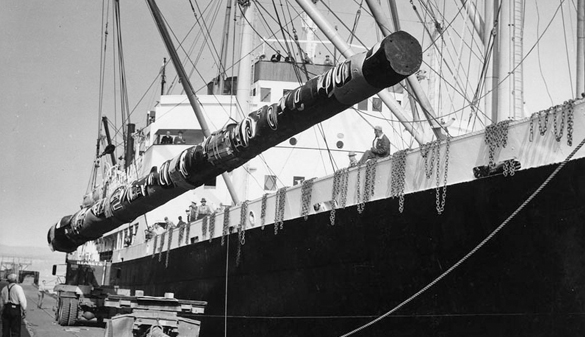
1955
1955
1955, Guards Polo Club
Household Brigade Polo Club is founded on Smith’s Lawn. Renamed Guards Polo Club in 1969, it is now the largest polo club in Europe. Polo matches can be seen on Smith’s Lawn from April to September.
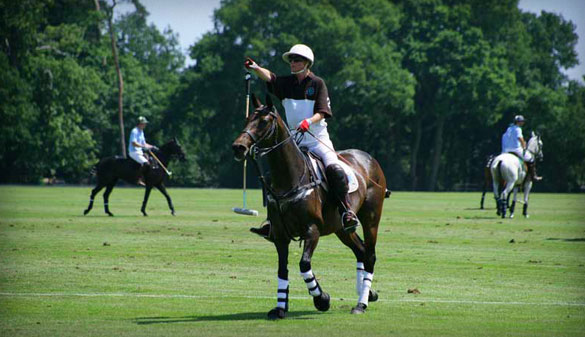
1952
1952
1952, The Prince Philip, Duke of Edinburgh is appointed Ranger of Windsor Great Park by Queen Elizabeth II
The Duke of Edinburgh was the longest serving Ranger of the Great Park, Windsor, acting as steward for one of the nation’s most iconic landscapes for nearly 70 years.

1948
1948
1948, the creation of the Windsor Great Park Village
Architect Sidney Tatchell designs a small ‘model village’ housing community, complete with shop and Post Office, to provide homes for the Windsor Estate’s growing workforce. The Village would subsequently be enlarged, with its own Workers’ Club (the York Club) and extra housing being built in the late 1950s and early 1960s.
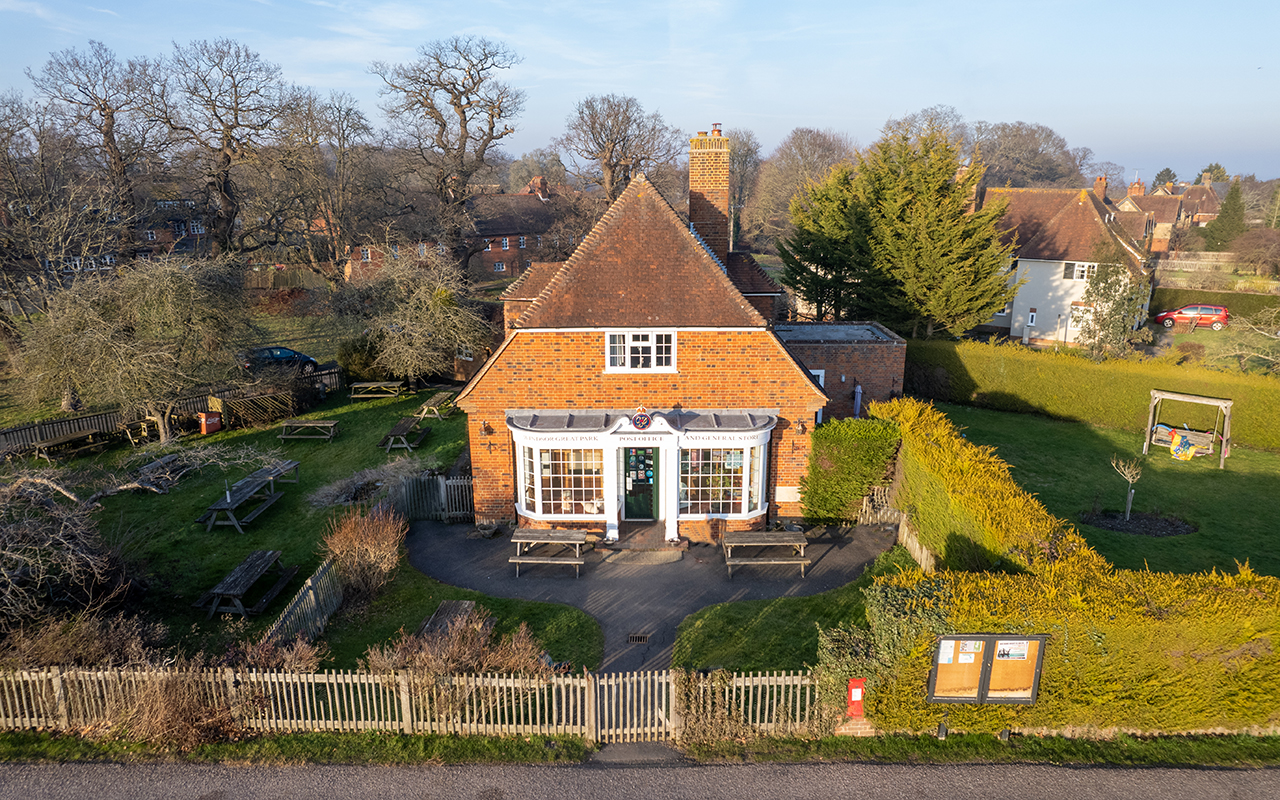
1946
1946
1946, The Valley Gardens
Eric Savill and chief horticulturist Hope Finlay begin working on the undulating woodland next to Virginia Water lake that would become The Valley Gardens.
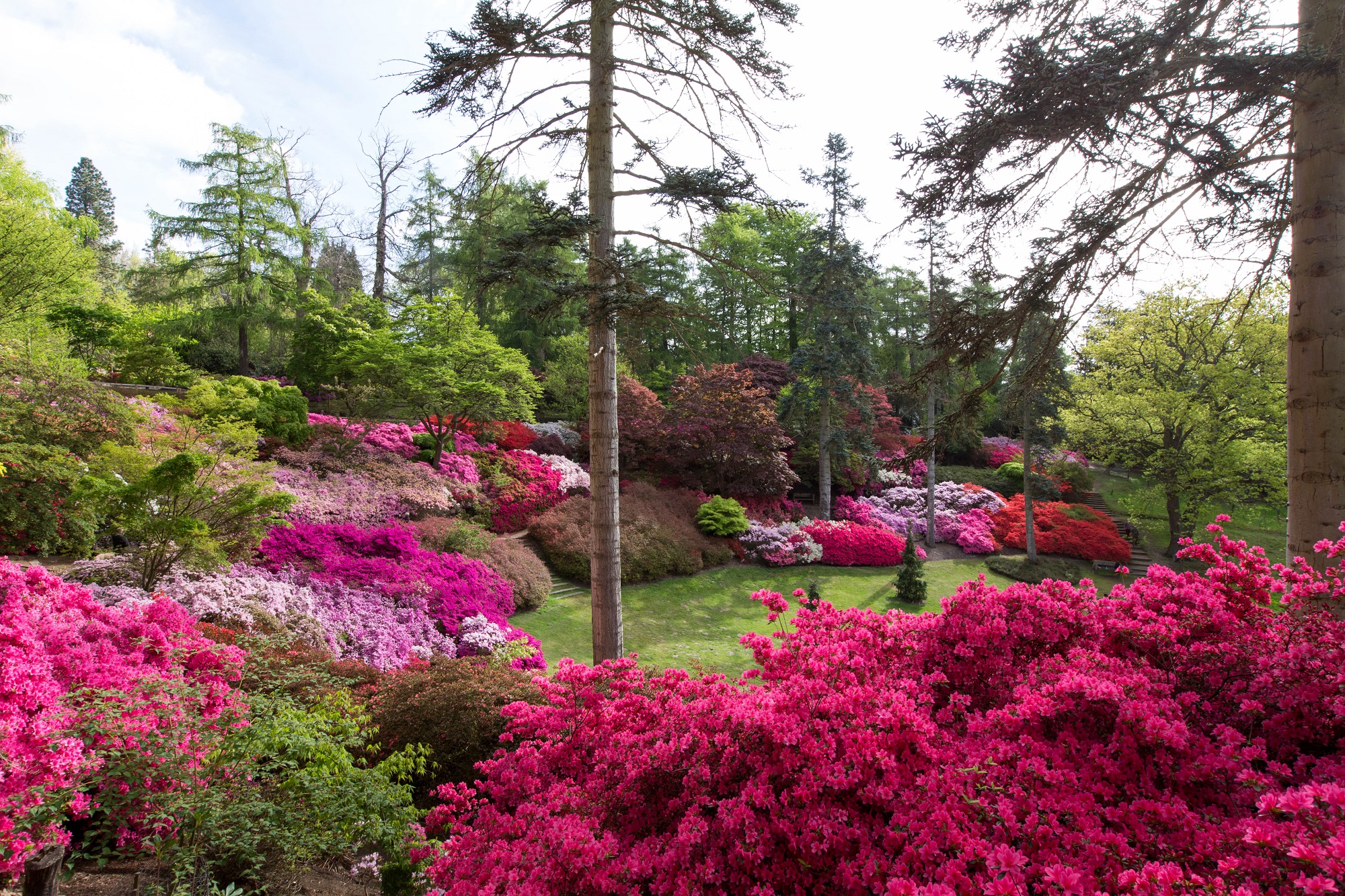
1932
1932
1932, Start of The Savill Garden
Deputy Ranger of Windsor Great Park, Eric Savill starts work on The Savill Garden close to where the Queen Elizabeth Temperate House stands today. The traditions of horticultural excellence at The Savill Garden begin and continue through to our expert gardens team today.
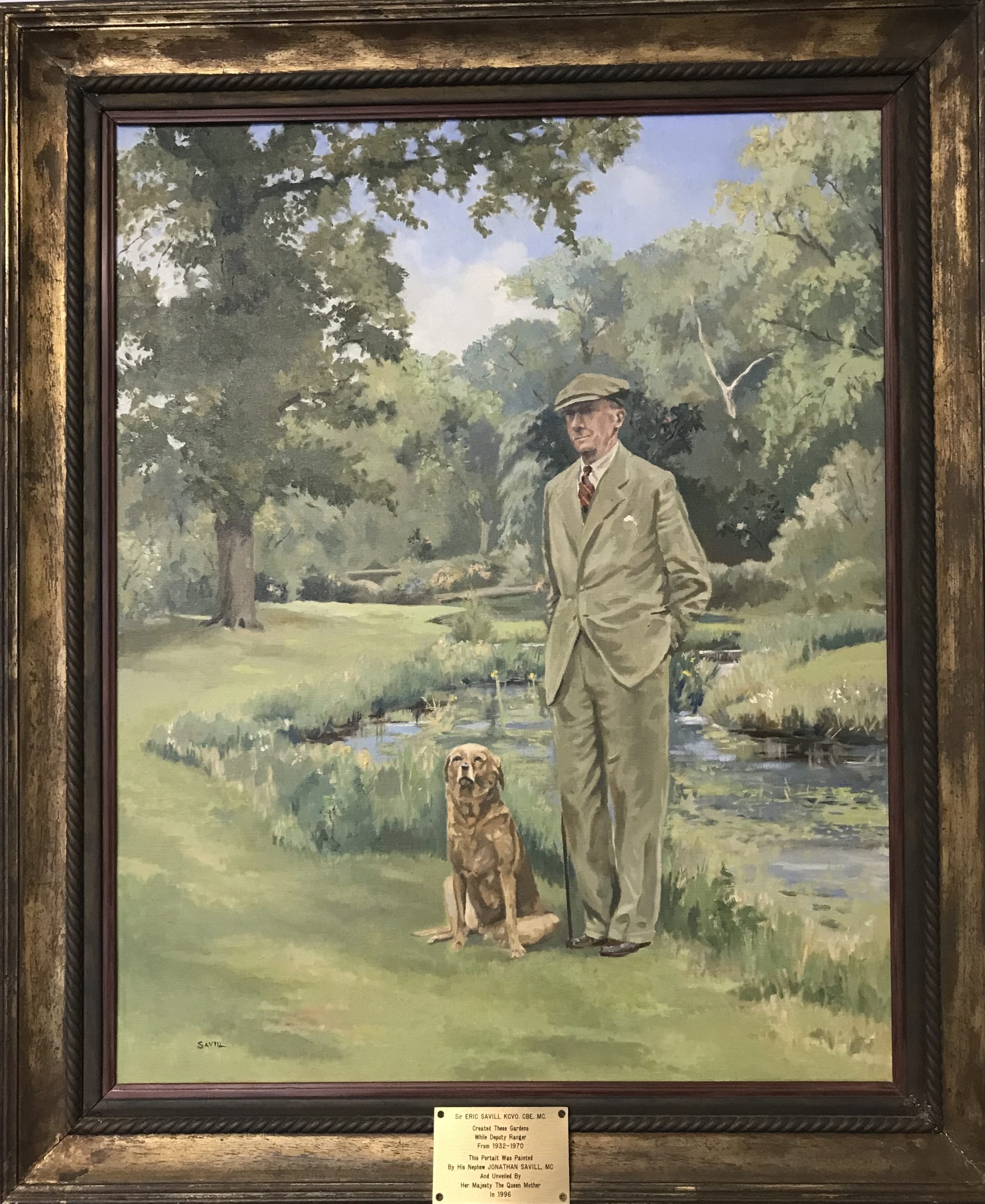
1931
1931
1931, Queen Elizabeth The Queen Mother moves in
The Duke and Duchess of York (later HM King George VI and HM Queen Elizabeth (The Queen Mother), move into Royal Lodge.
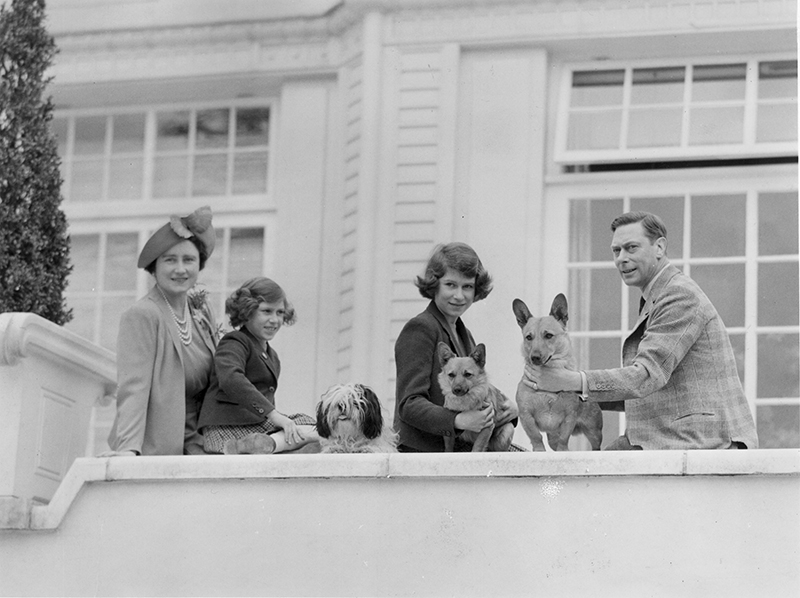
1911
1911
1911, Royal Airmail
The first airmail delivery landed in the private grounds of Home Park, next to The Long Walk.
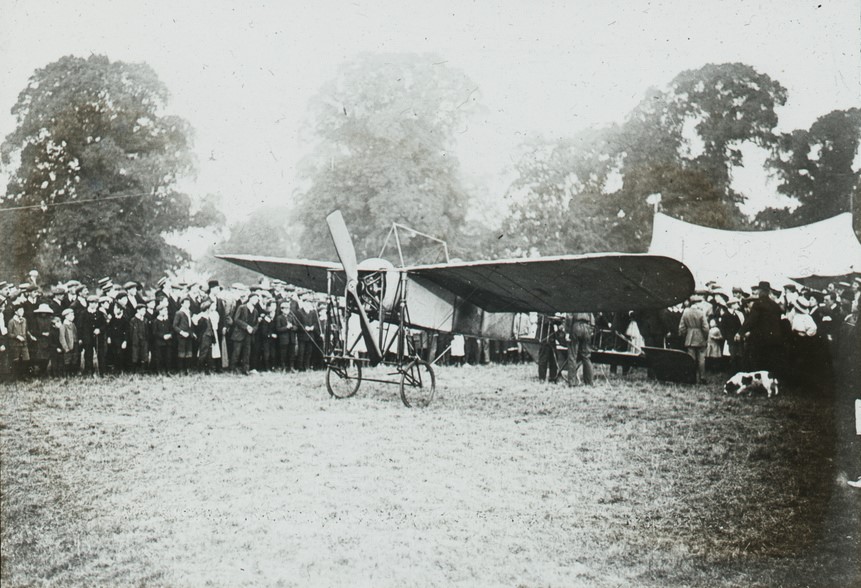
1908
1908
1908, Olympic Marathon venue
The Olympic Marathon starts on the Long Walk at the gates of Windsor Castle. The Marathon was fixed at 42.195 km (26.2 miles) – the distance from Windsor Castle to the Royal Box in the Olympic Stadium. This became the official Marathon distance from the 1924 Games onwards.
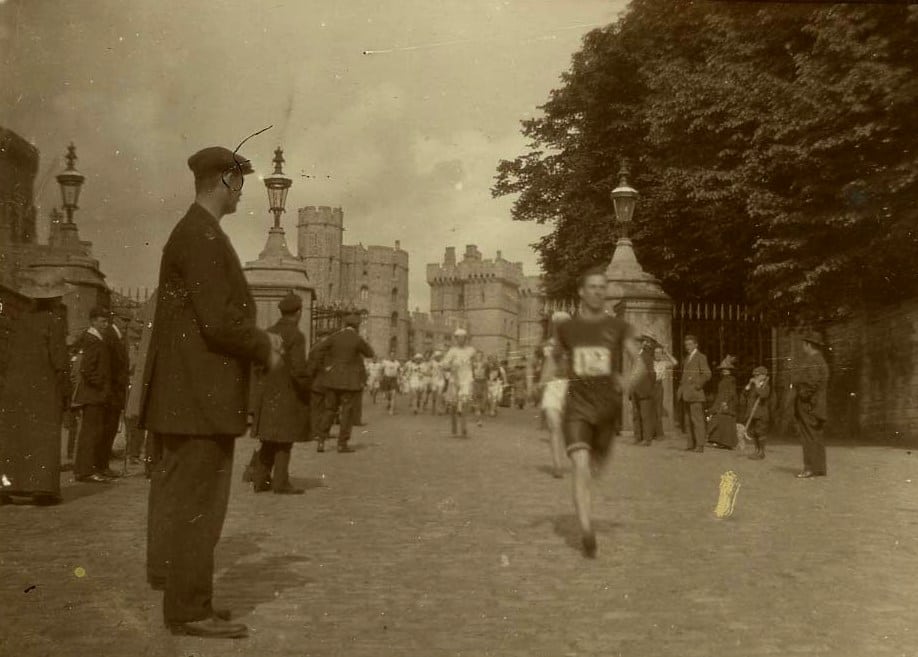
1888
1888
1888, Prince Consort Statue
A gift to Queen Victoria from the Women of the British Empire, this statue is erected on Smith’s Lawn in honour of her late husband, Prince Albert, the Prince Consort.
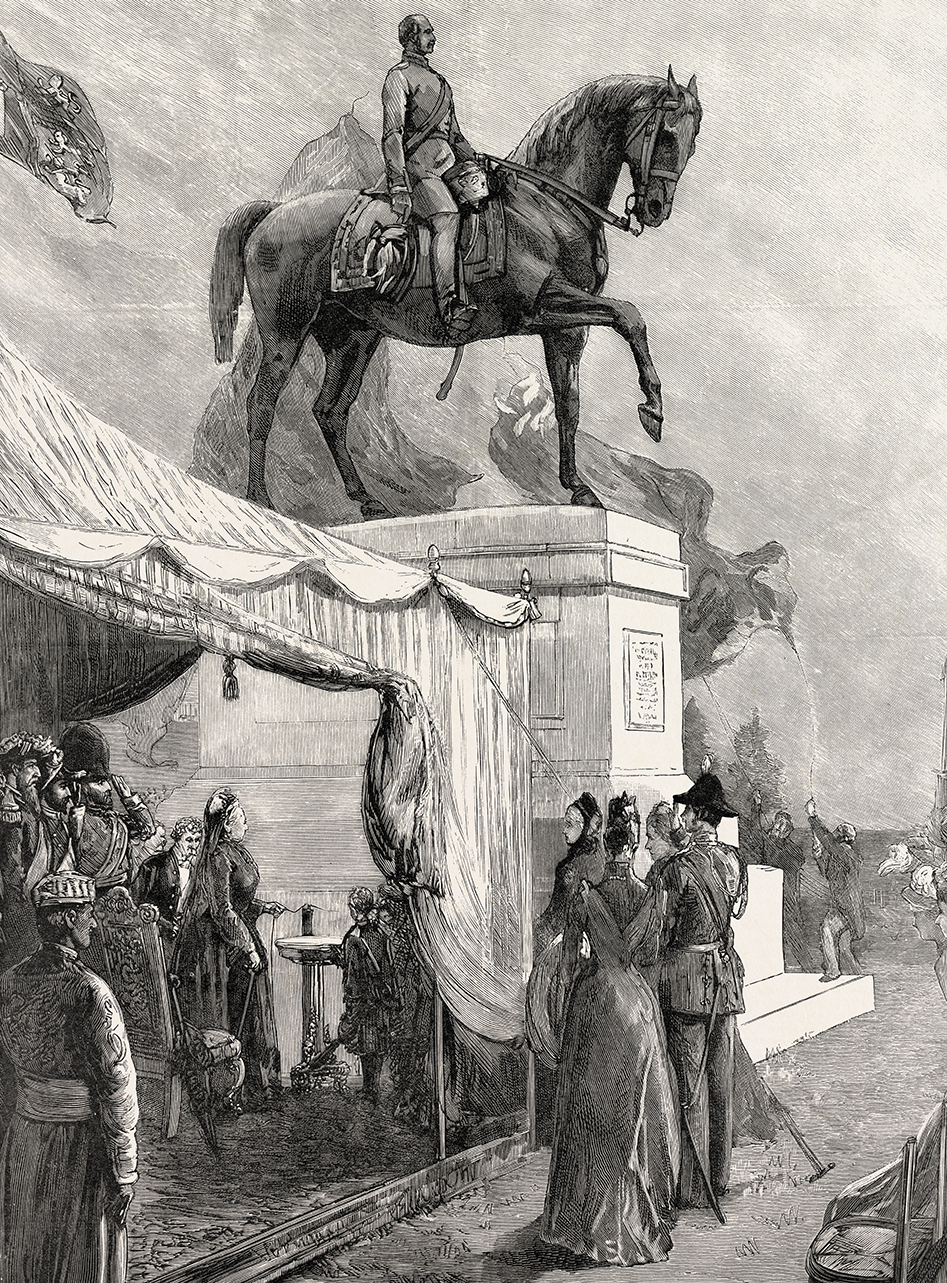
1831
1831
1831, The Copper Horse
The Copper Horse statue is erected at the end of The Long Walk as a tribute from George IV to his father, George III. Walk the length of The Long Walk up to this great statue and enjoy impressive views of Windsor Castle from Snow Hill.
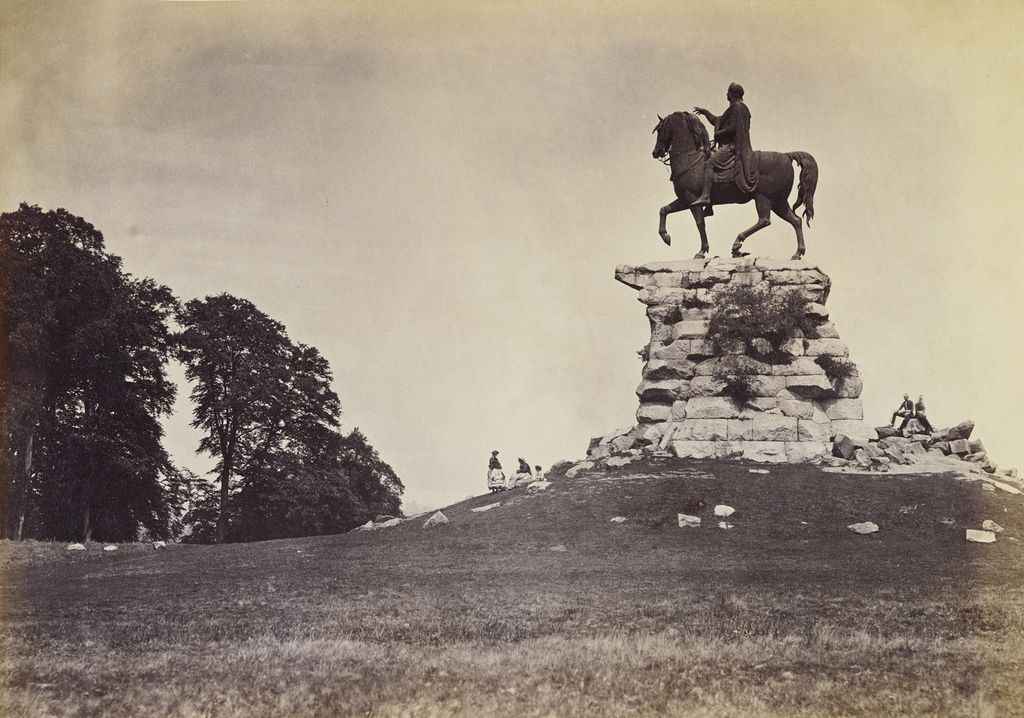
1829
1829
1829, Five Arch Bridge
The Five Arch Bridge, designed by Sir Jeffry Wyatville, is completed. Visitors to Virginia Water still admire the impressive lake views from this original structure.
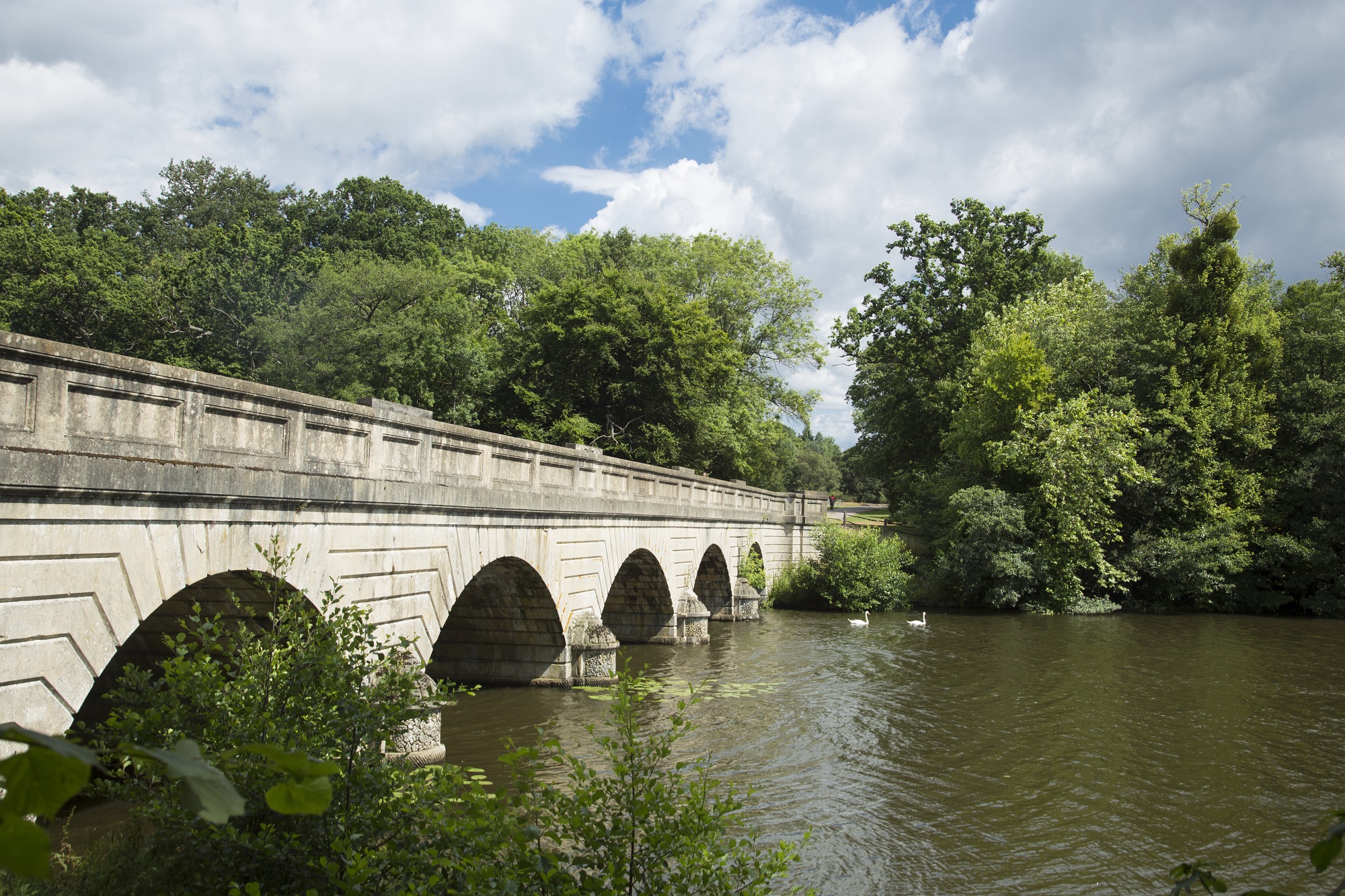
1827
1827
1827, Leptis Magna Ruins
The folly of the Leptis Magna Roman ruins were installed at Virginia Water Lake during George IV’s reign. The construction was overseen by Sir Jeffry Wyatville, principal Architect in the reconstruction of Windsor Castle in the 1820’s.
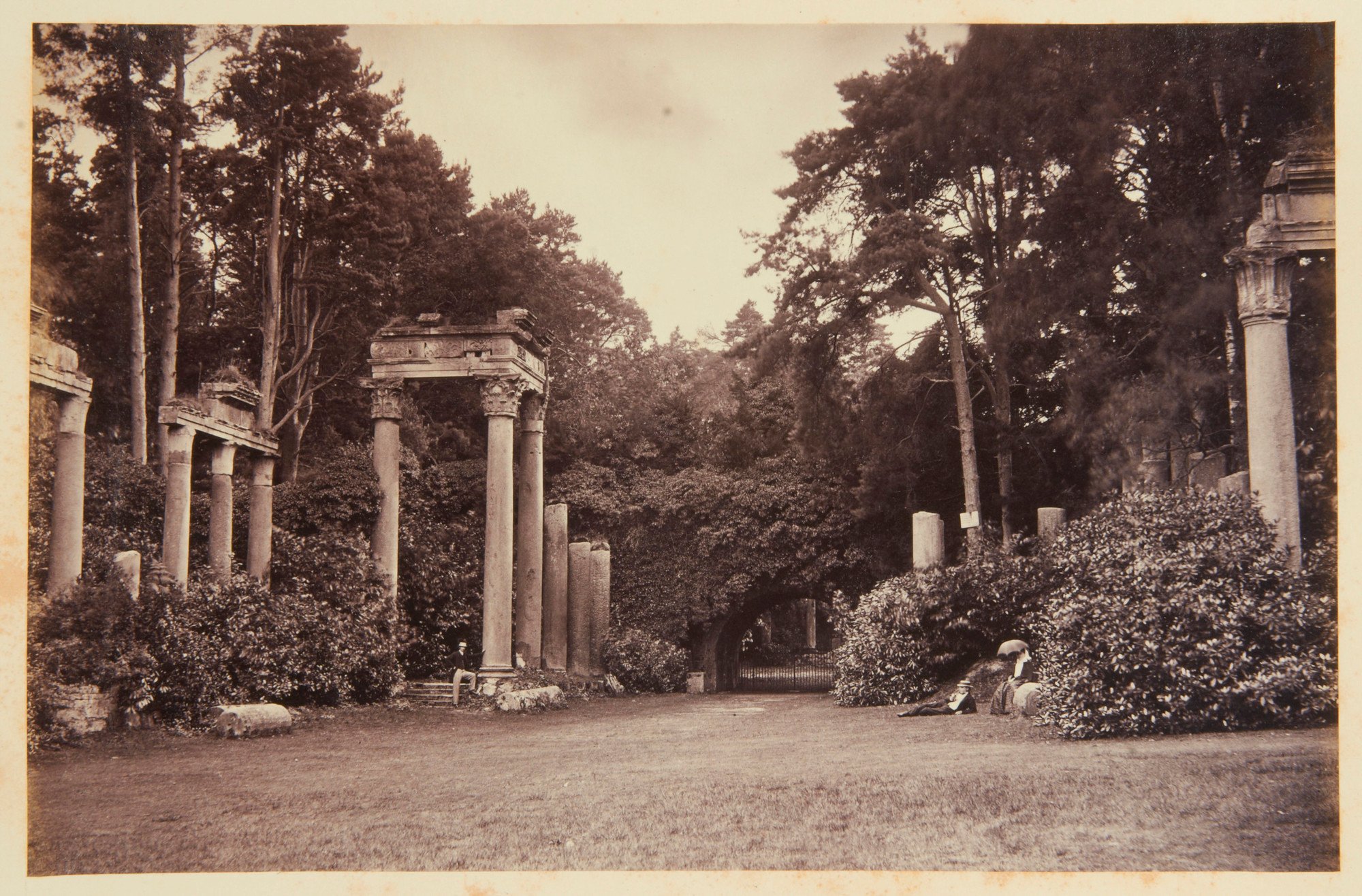
1820
1820
1820, construction of Royal Lodge
HM King George IV’s new Windsor home, set a short distance from Windsor Castle, and easily accessible via The Long Walk. Hidden inside private grounds, the Lodge has provided a secluded and very private retreat for members of the Royal Family, and is in use up to the present day.
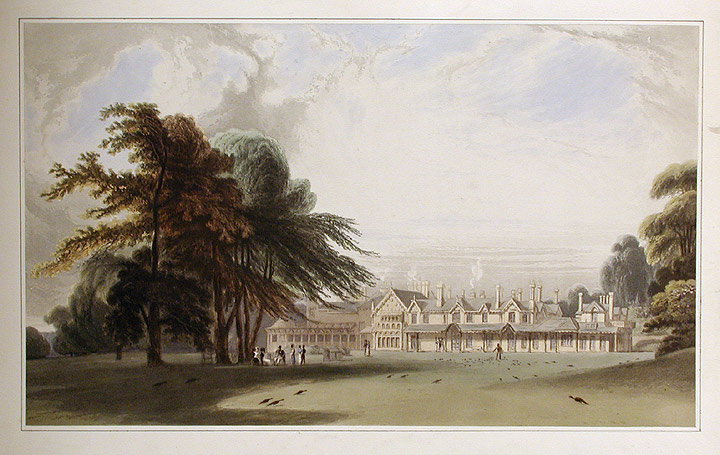
1780
1780
1780, Construction of the Cascade
Following the collapse of the pondhead in 1768, Virginia Water Lake is enlarged and the Cascade re-constructed in its present location by King George III. Work begins in 1780 and water first flows over the new Cascade in 1798. The Cascade remains to this day as one of Windsor Great Park’s most popular places to see.
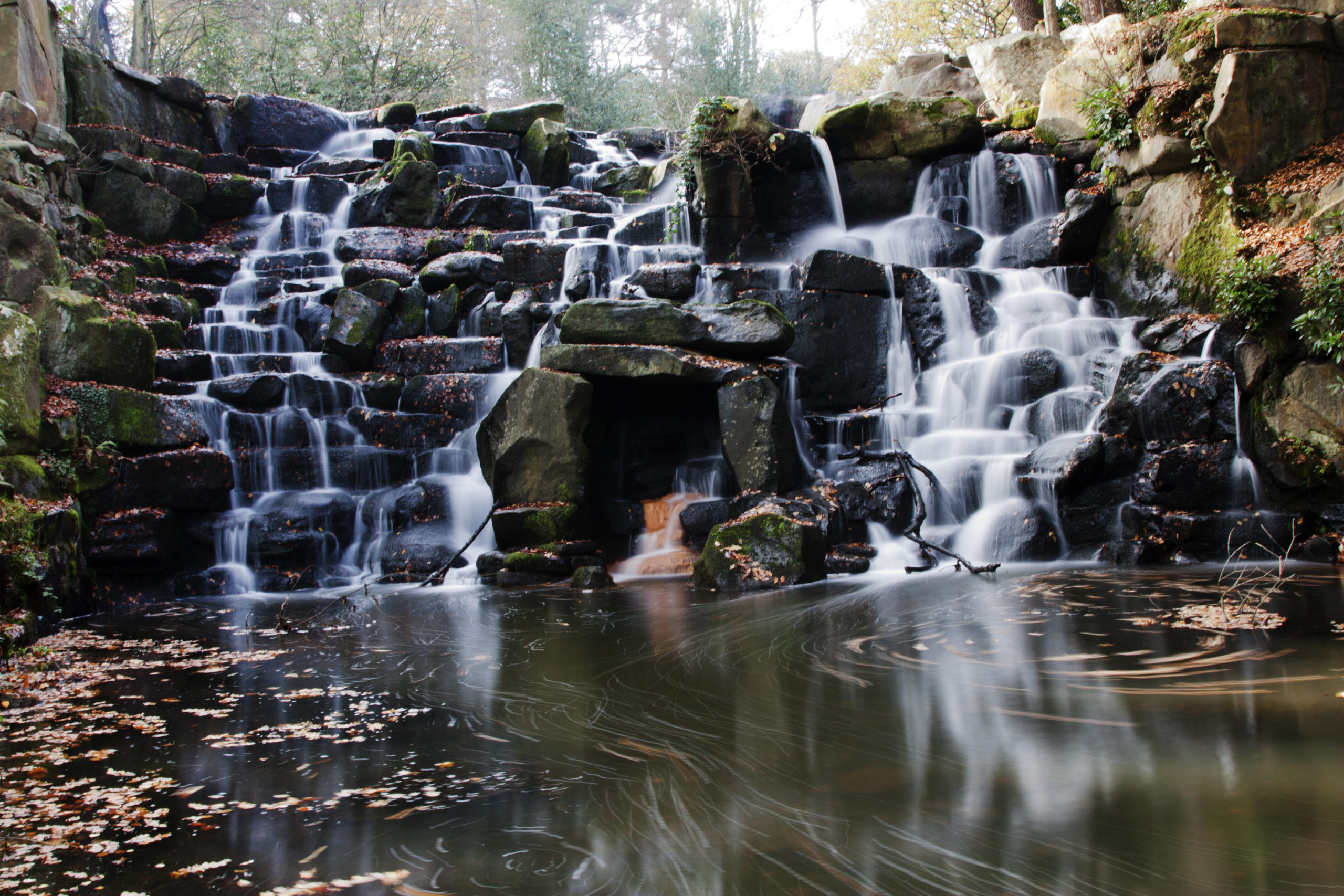
1765
1765
1765, The Cumberland Obelisk
The Cumberland Obelisk is built on Obelisk Lawn, commemorating the Duke of Cumberland’s military services in Windsor Great Park. An ode to a son from his loving father, King George II.
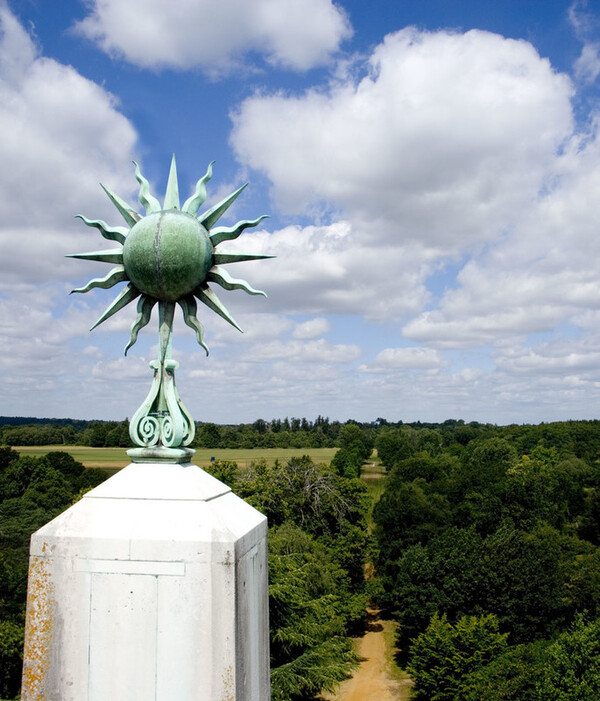
1760
1760
1760, Crown Lands agreement
When George III acceded to the throne, an agreement was reached that the Crown Lands would be managed on behalf of the Government and the surplus revenue would go to the Treasury. The Monarch would receive a fixed annual payment, known as the Civil List.
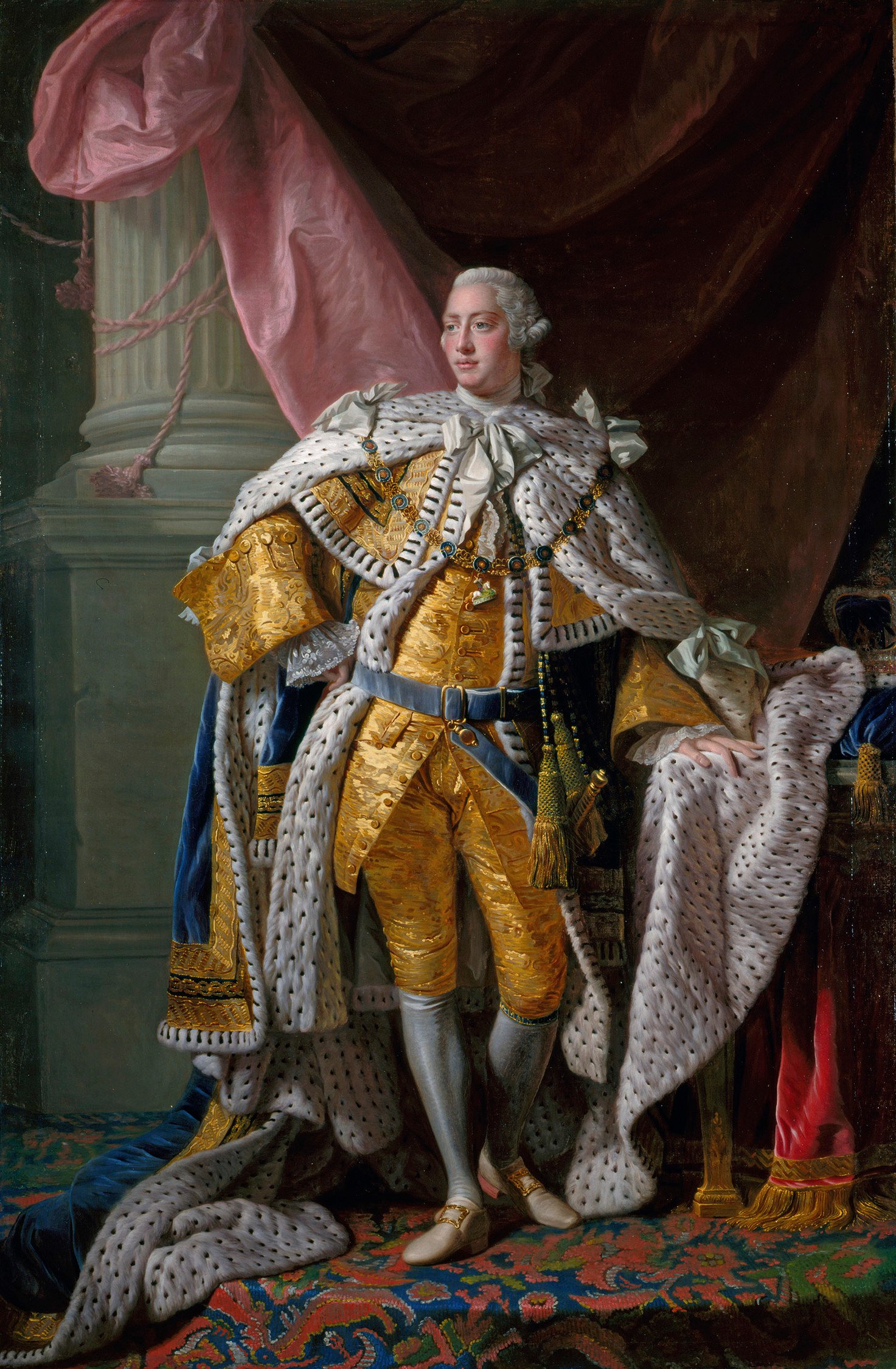
1753
1753
1753, Virginia Water landscaping
The Duke of Cumberland, William Augustus, begins the landscaping at Virginia Water Lake. As Ranger of Windsor Great Park, he succeeded in creating the largest man-made lake of its time in Britain.
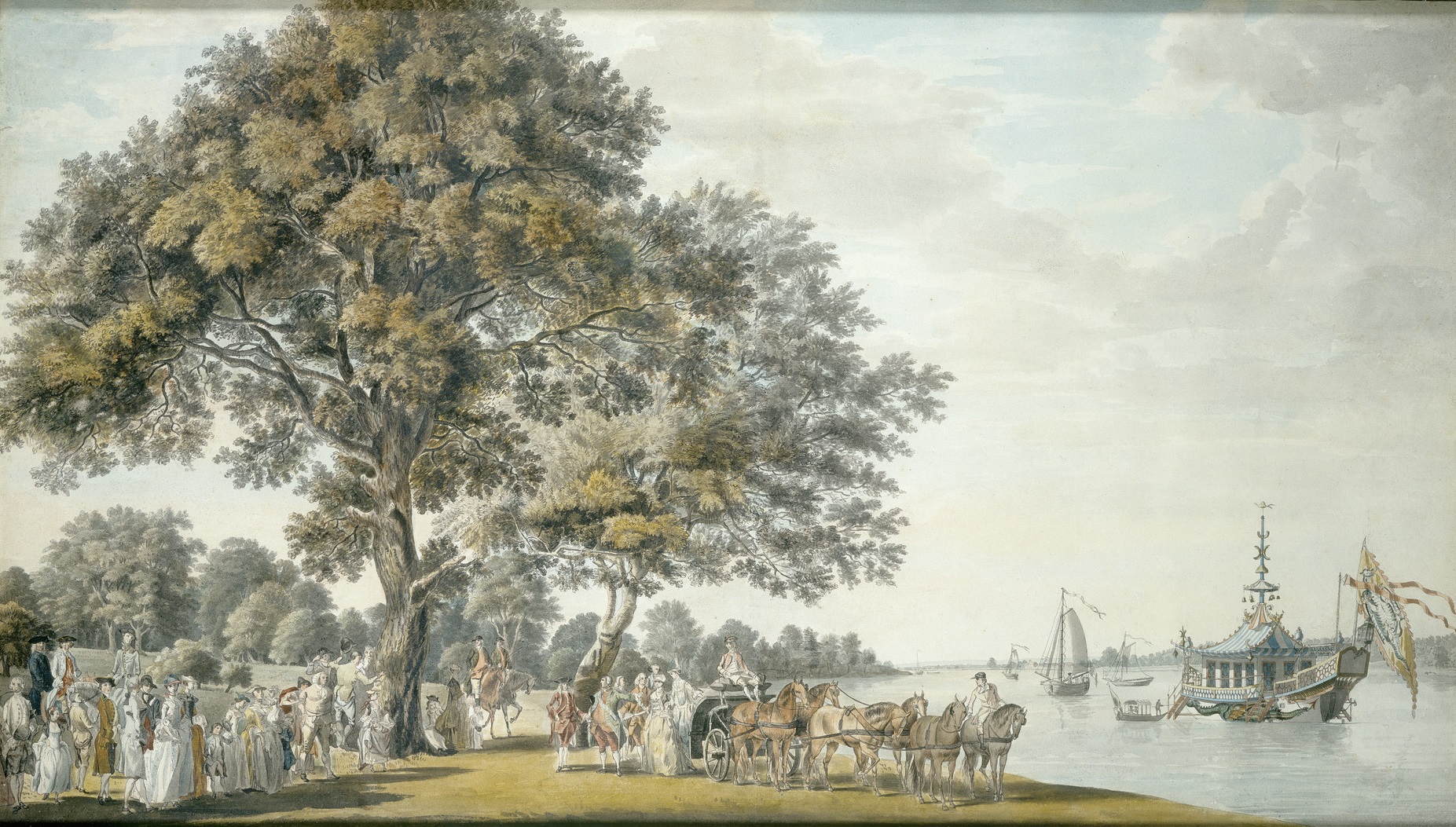
1708
1708
1708, Queen Anne’s Ride
A single row of elm and lime trees is planted to mark “Queen’s Walk”. In the 19th Century it was renamed Queen Anne’s Ride after Queen Anne’s passion for riding her horse drawn carriage along this avenue. All of the elms and many of the limes were replaced in the late 20th Century with oaks, although some of the original limes still thrive today. Horse riders today continue to enjoy this route.
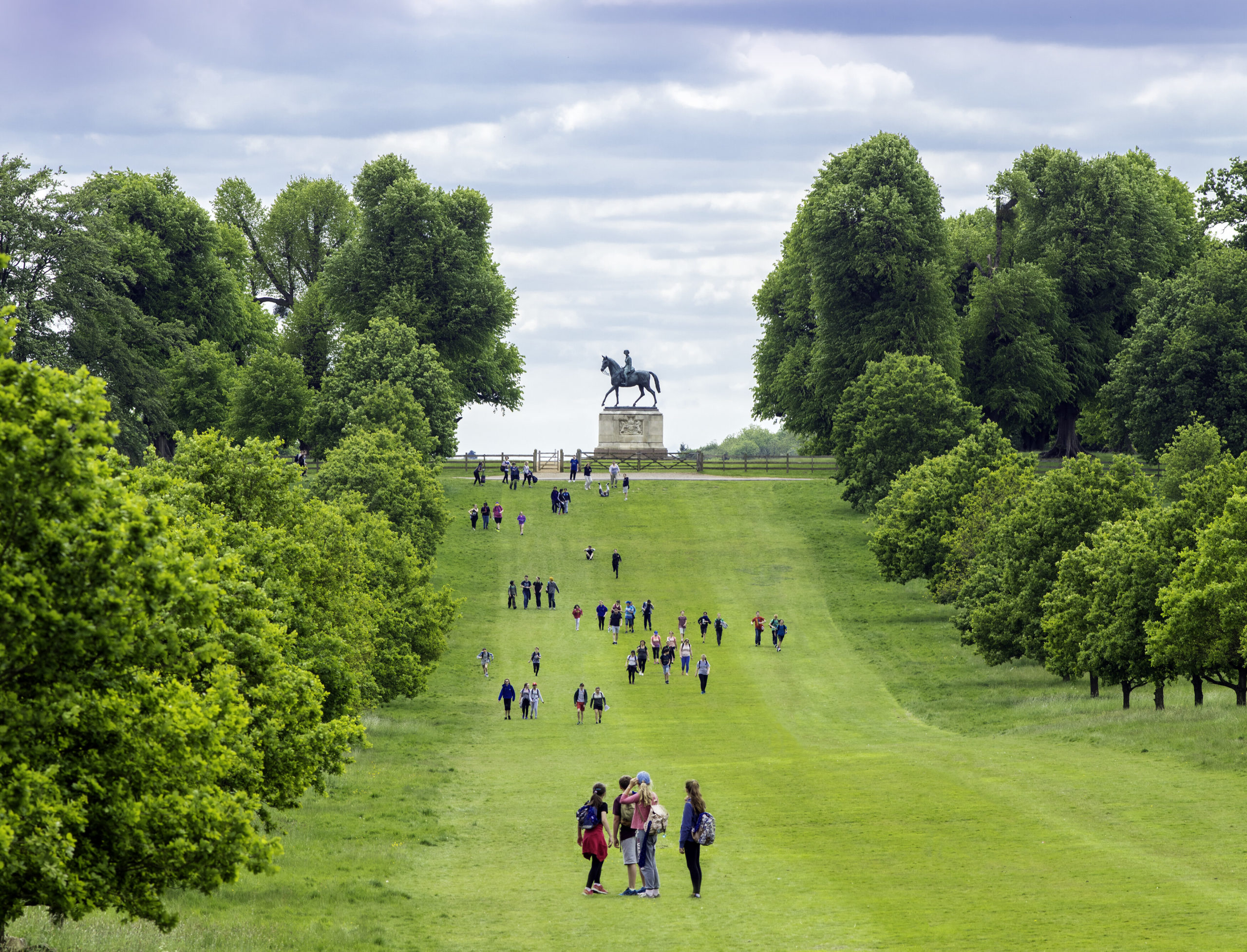
1680
1680
1680, The Long Walk
Charles II commences planting on the original avenue of trees on The Long Walk.
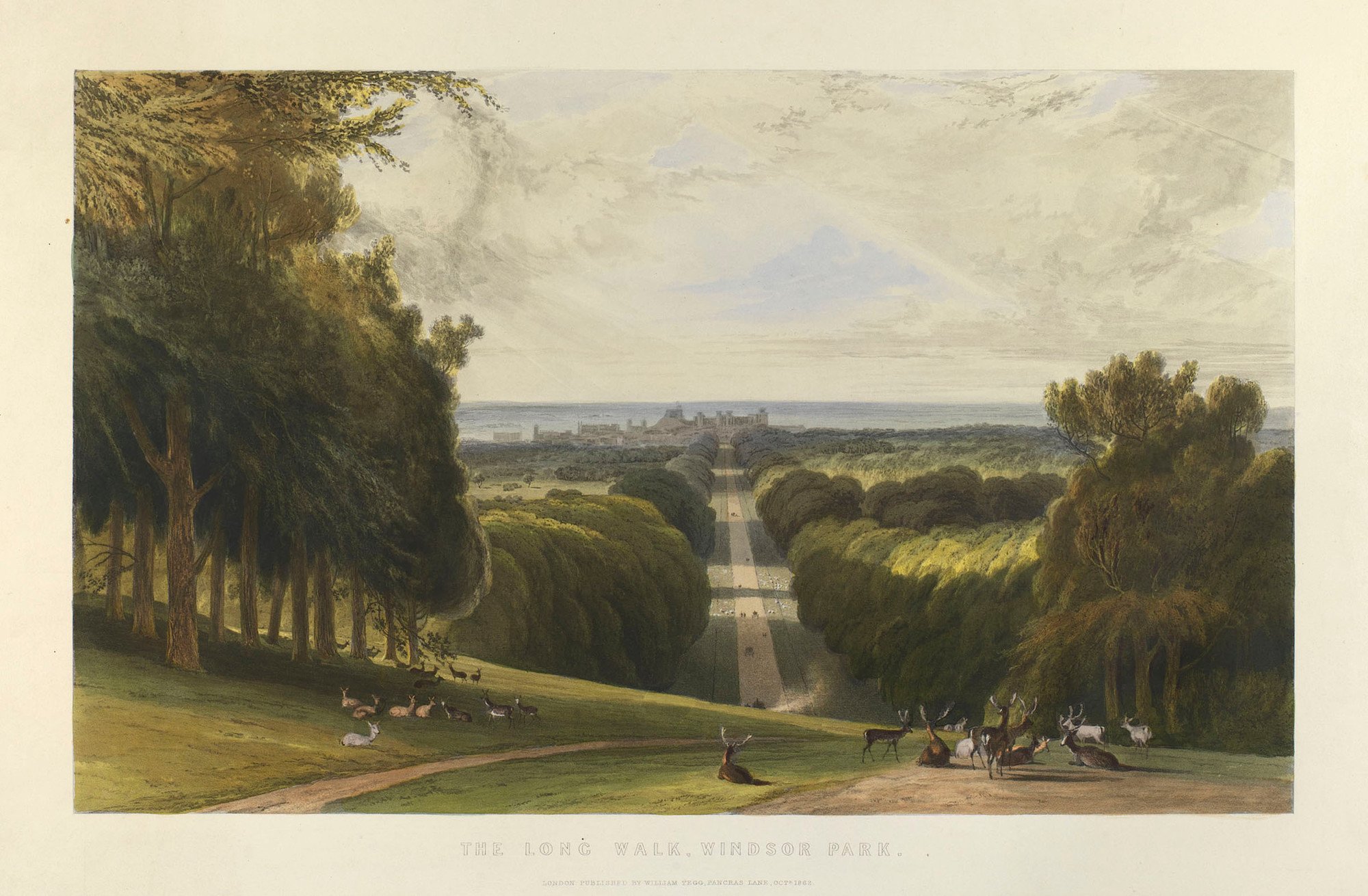
1652
1652
1652, Cumberland Lodge
Byfield House (later known as Cumberland Lodge) is built by former Parliamentarian officer, Captain John Byfield. It would soon become home to some of the earlier Rangers of Windsor Great Park. The Rangers of the late 17th-mid 18th Century – Baptist May, Hans Willem Bentinck (the Earl of Portland), Sarah Churchill (the Duchess of Marlborough) and HRH William Augustus (1st Duke of Cumberland) – were all instrumental in delivering many of the large and enduring landscape features we enjoy today.
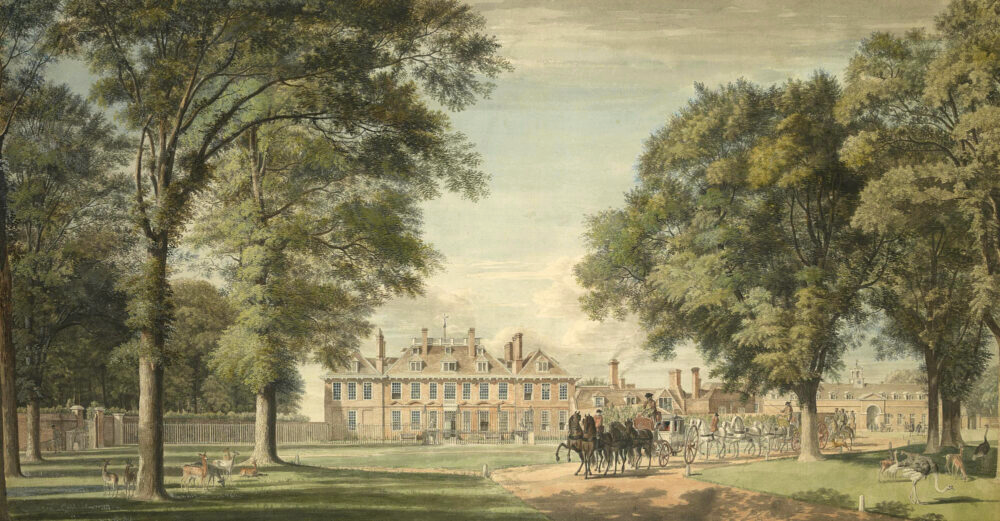
1070
1070
1070, Windsor’s first fortress
William I established a motte and bailey fortress that would evolve over the centuries into the present-day Windsor Castle. The area known today as Windsor Great Park is incorporated within a vast Norman hunting chase, known as the Forest of Windsor.
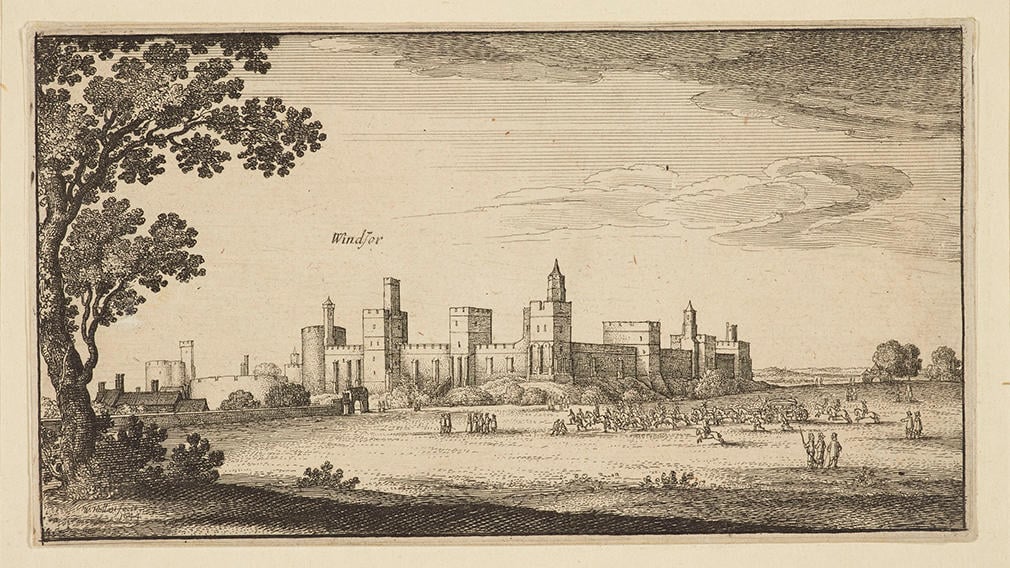
1066
1066
1066, William the Conqueror
William the Conqueror overthrows King Harold at the Battle of Hastings. He is later inspired by the local topography around Windsor, including the grasslands of Windsor Great Park, as a most suitable place to build his residence. The King presides over the earliest manifestation of The Crown Estate, with the introduction of Forest Law.
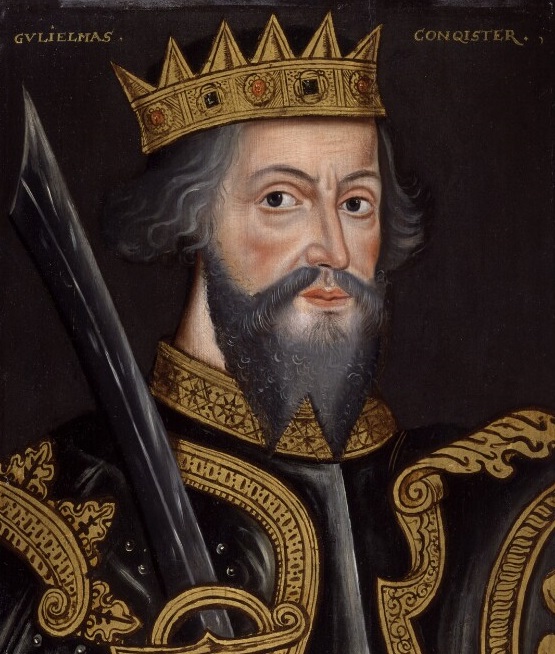
710
710
c.710, King Offa’s Oak
The oldest living oak tree currently in Windsor Great Park begins its long life in the private North West corner of the Forest.
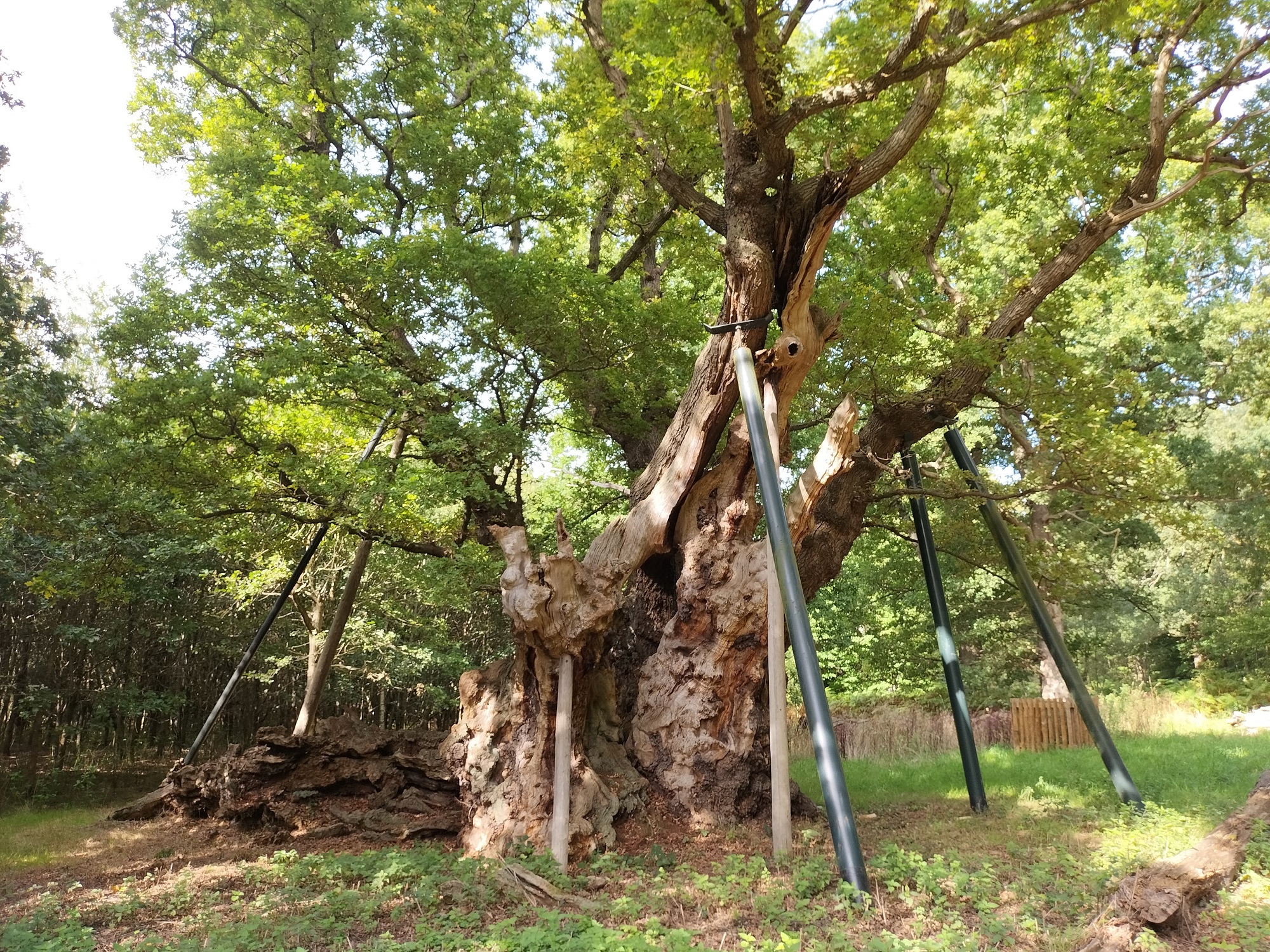
Discover more
Explore other aspects of Windsor Great Park.
Our Story
Windsor Great Park is part of the operational Windsor Estate, which also includes commercial forests, golf courses, farms and the Ascot race course.
From William I’s hunting grounds to Queen Victoria’s royal picnics, the landscape has been improved, cherished and shared by a long line of monarchs.
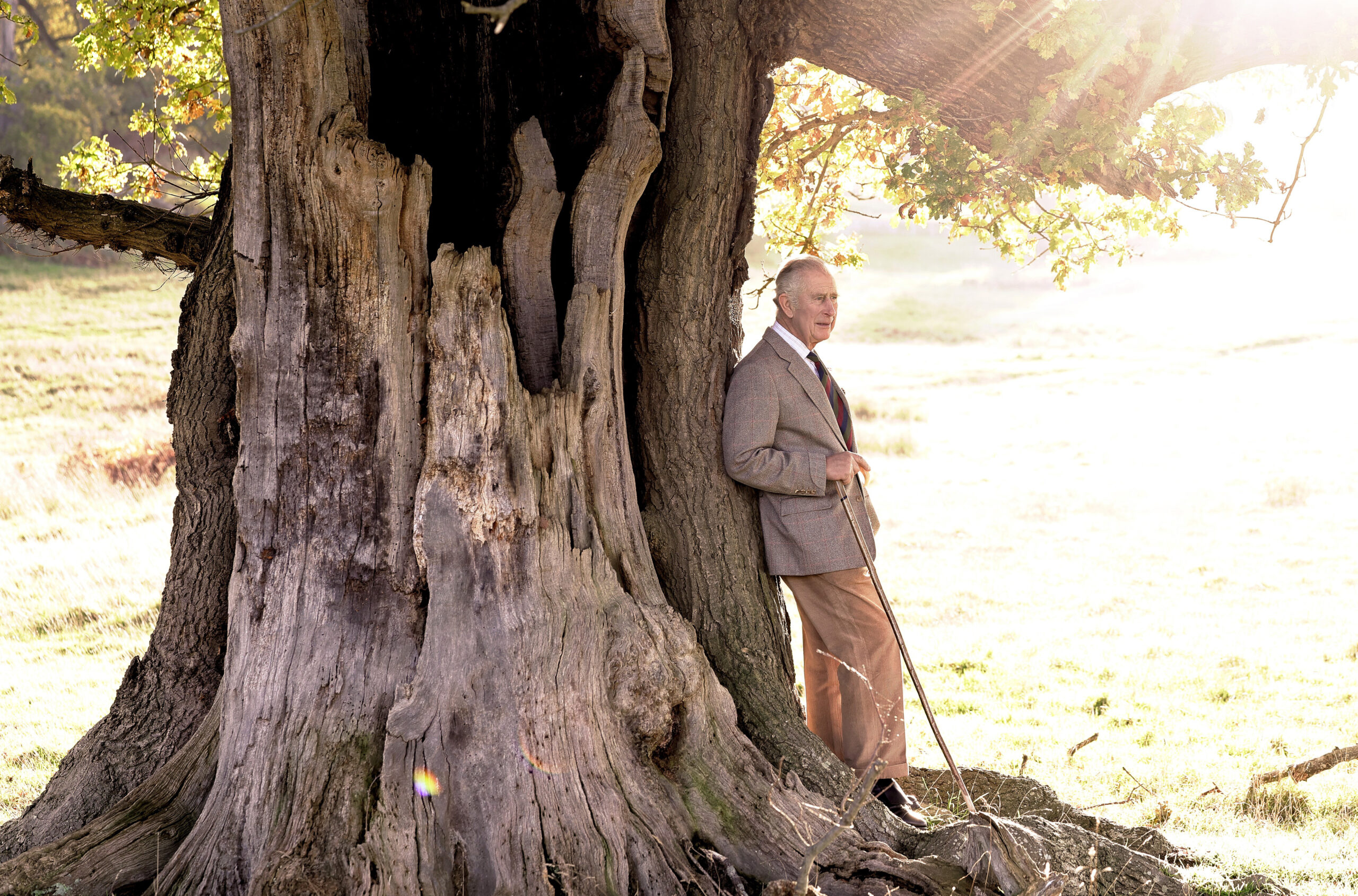
The Rangers of Windsor Great Park
The role of Ranger can trace its roots back to 1559 when Sir Henry Neville was appointed Ranger in the reign of Queen Elizabeth I.
Over the last 460 years, the post of Ranger has been held by the Sovereign and other family members, including The Prince Philip, Duke of Edinburgh.

Conservation & Stewardship
The Windsor Estate is home to a vast array of flora and fauna. The long-term stewardship of its habitats and wildlife – by The Crown Estate – has made the Estate an internationally recognised example of biodiversity, sustainability and conservation.




